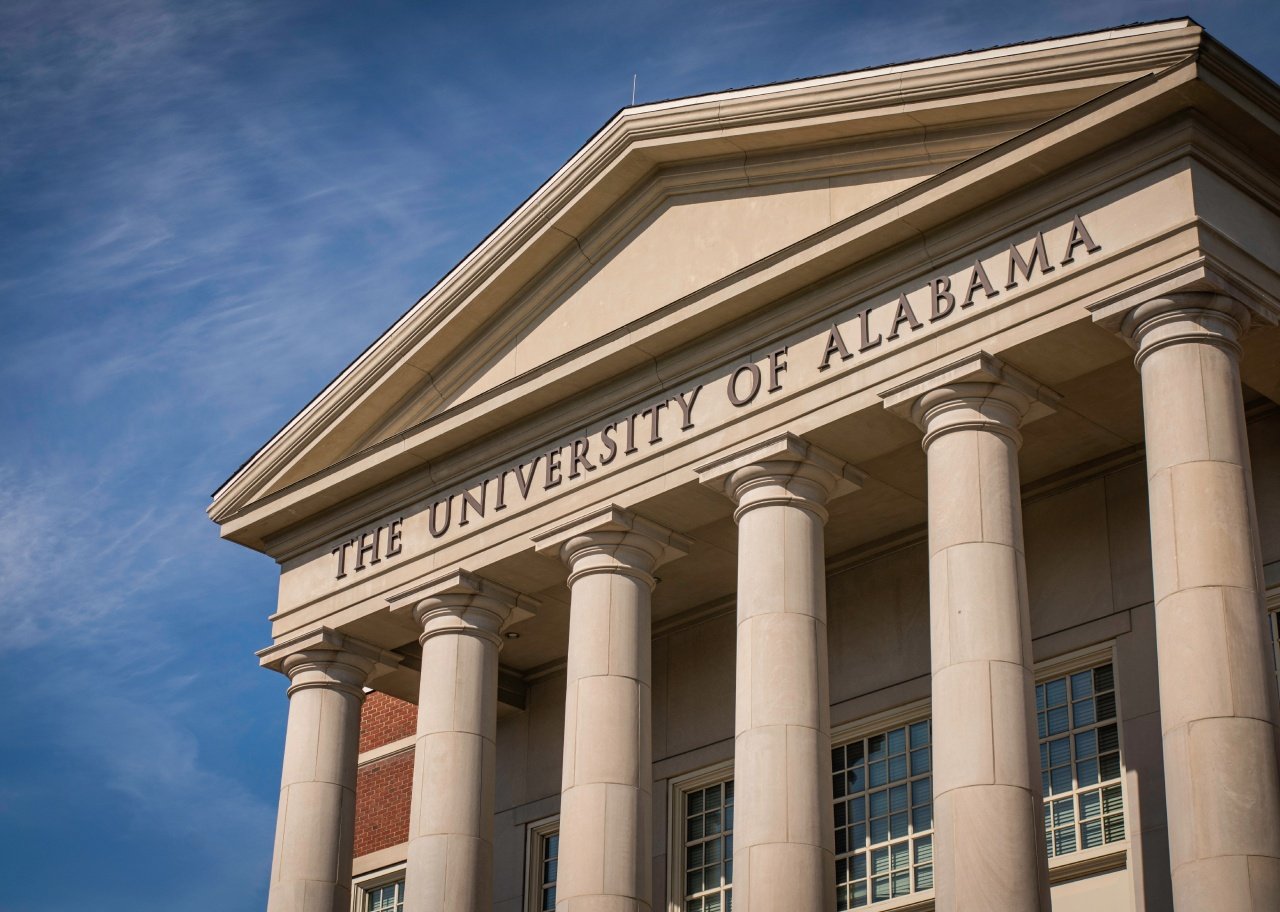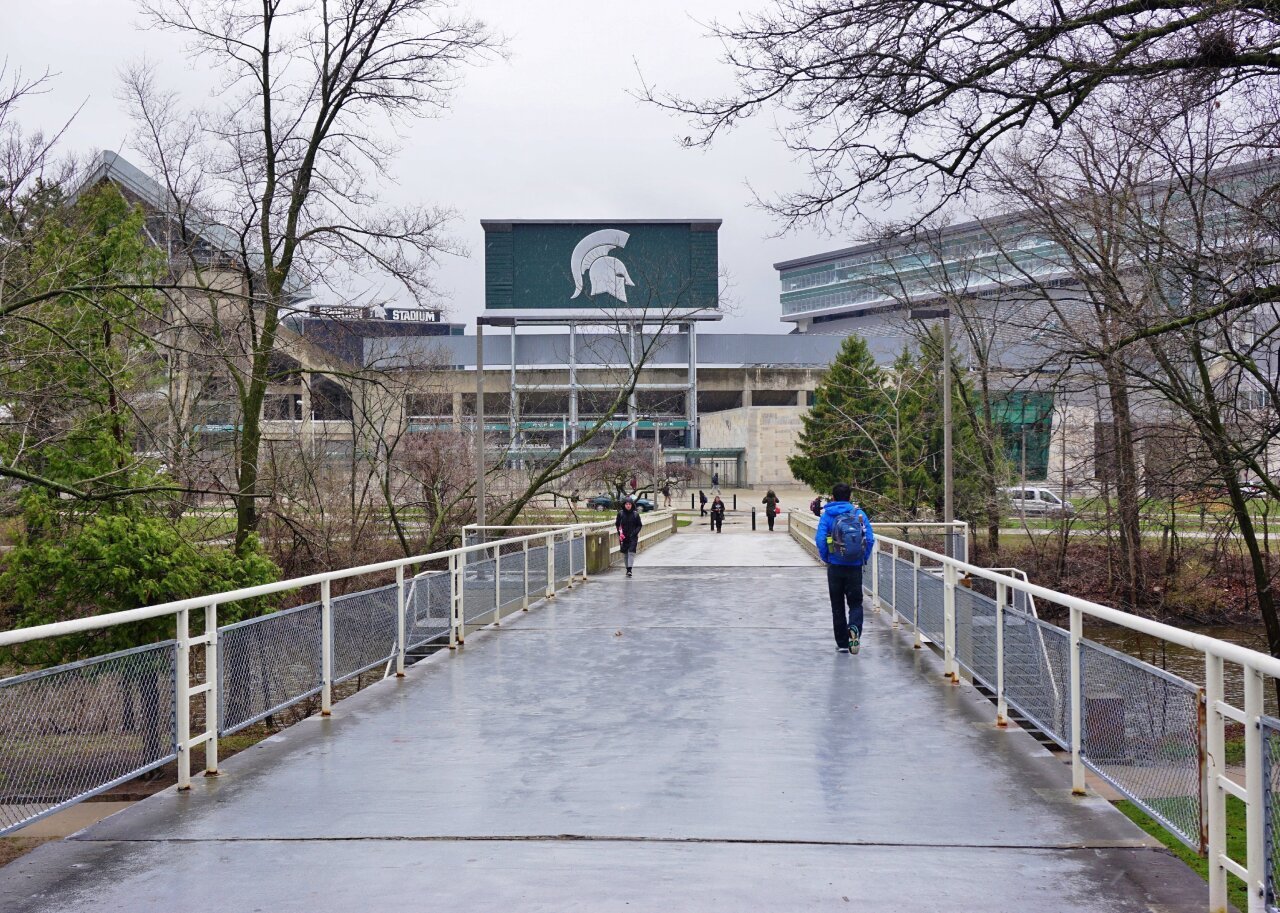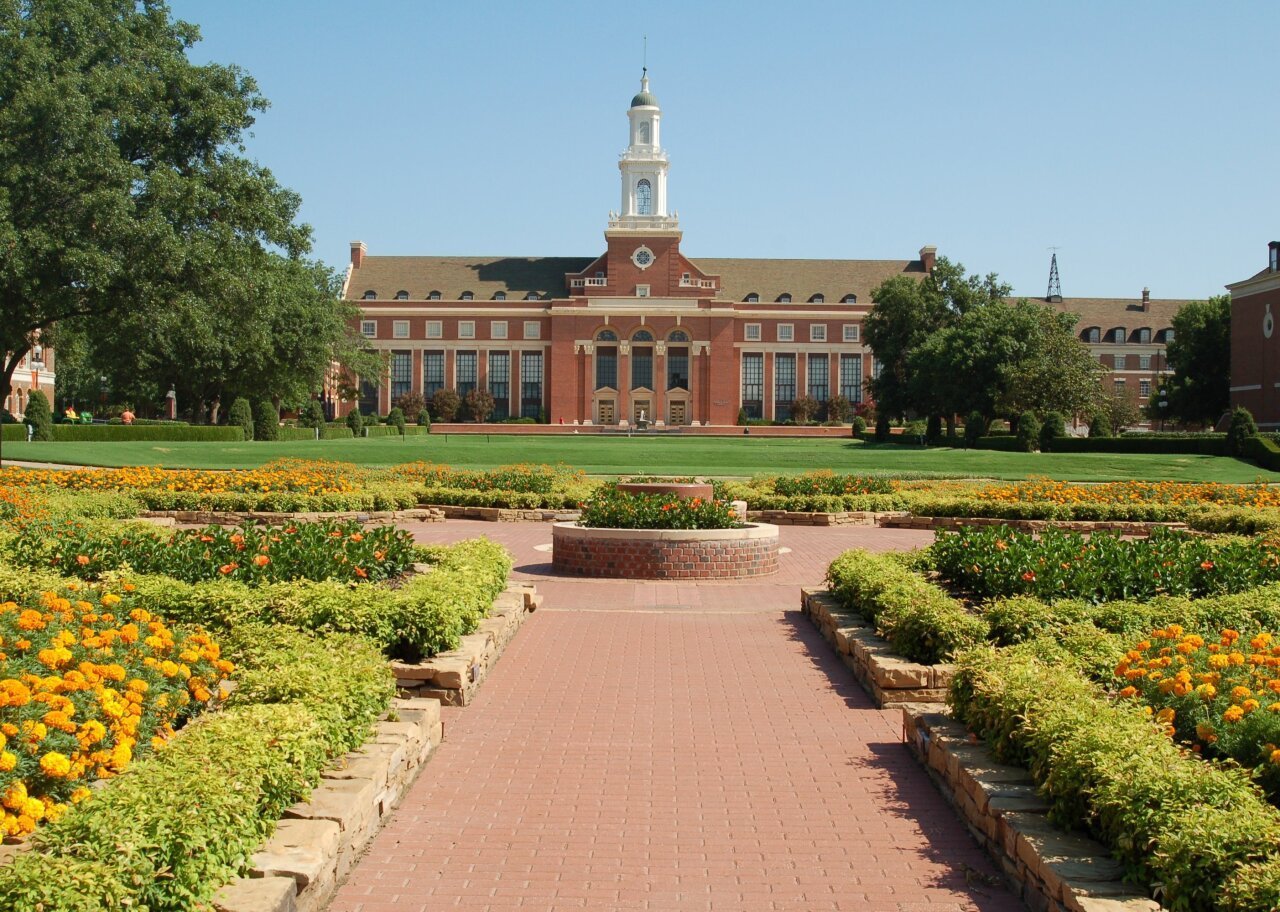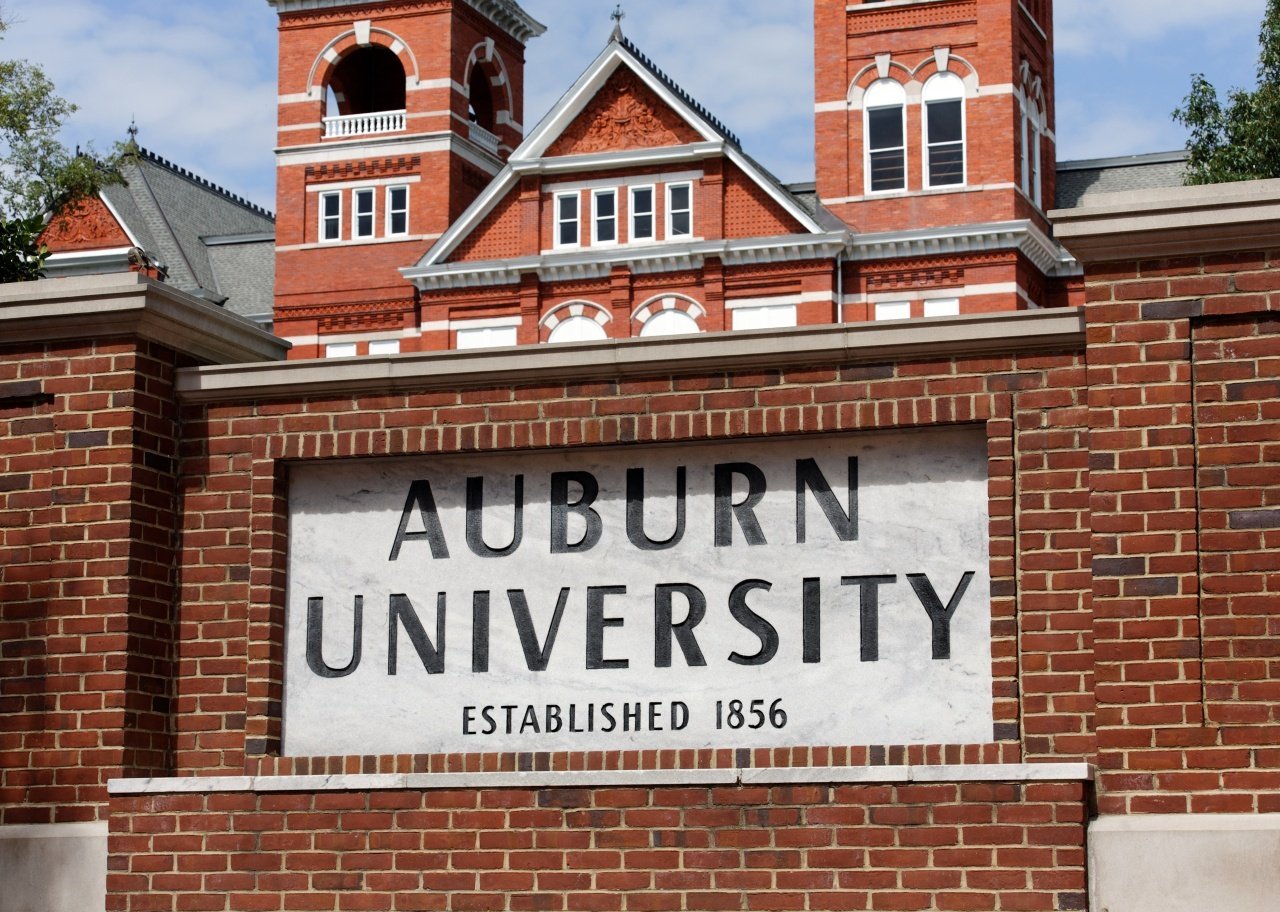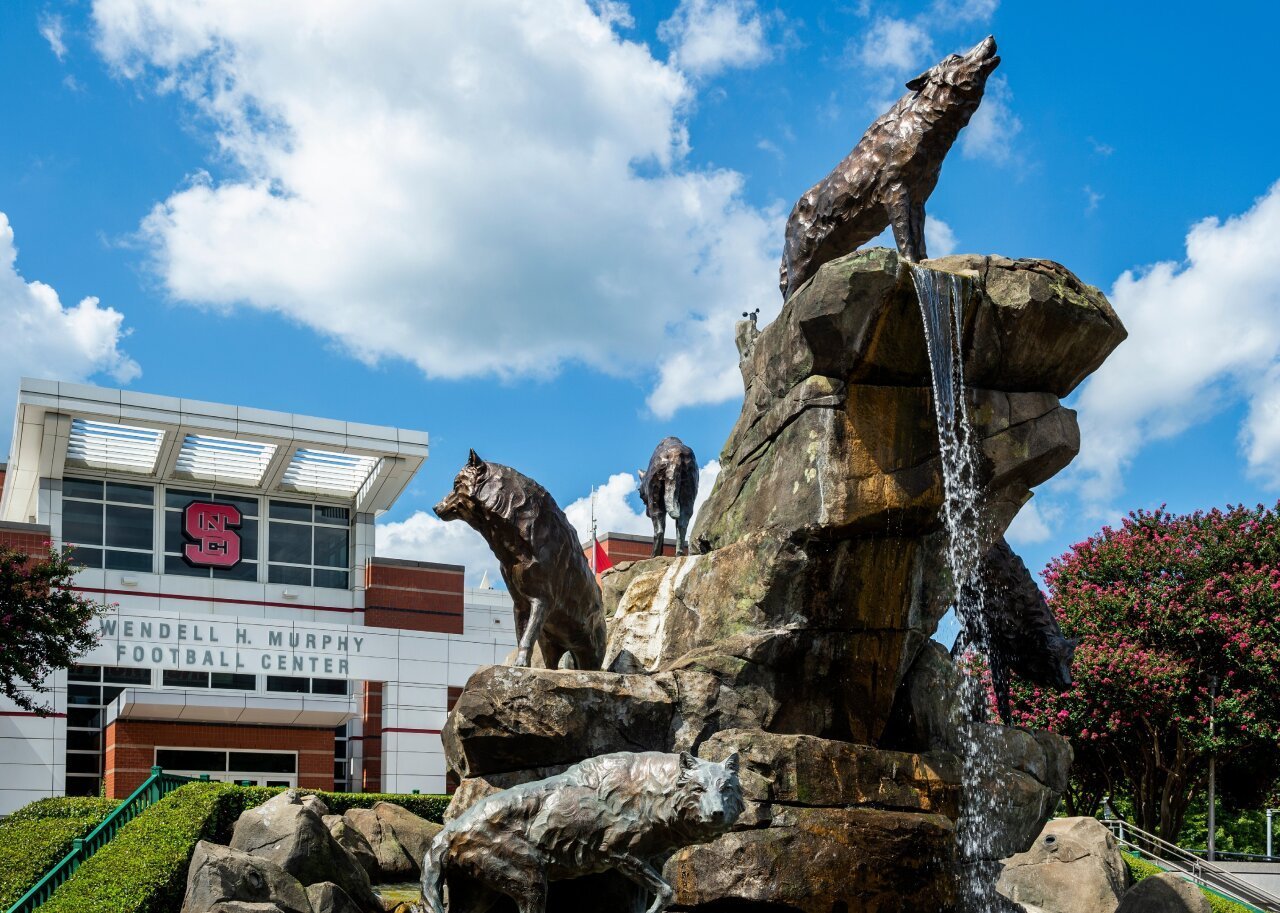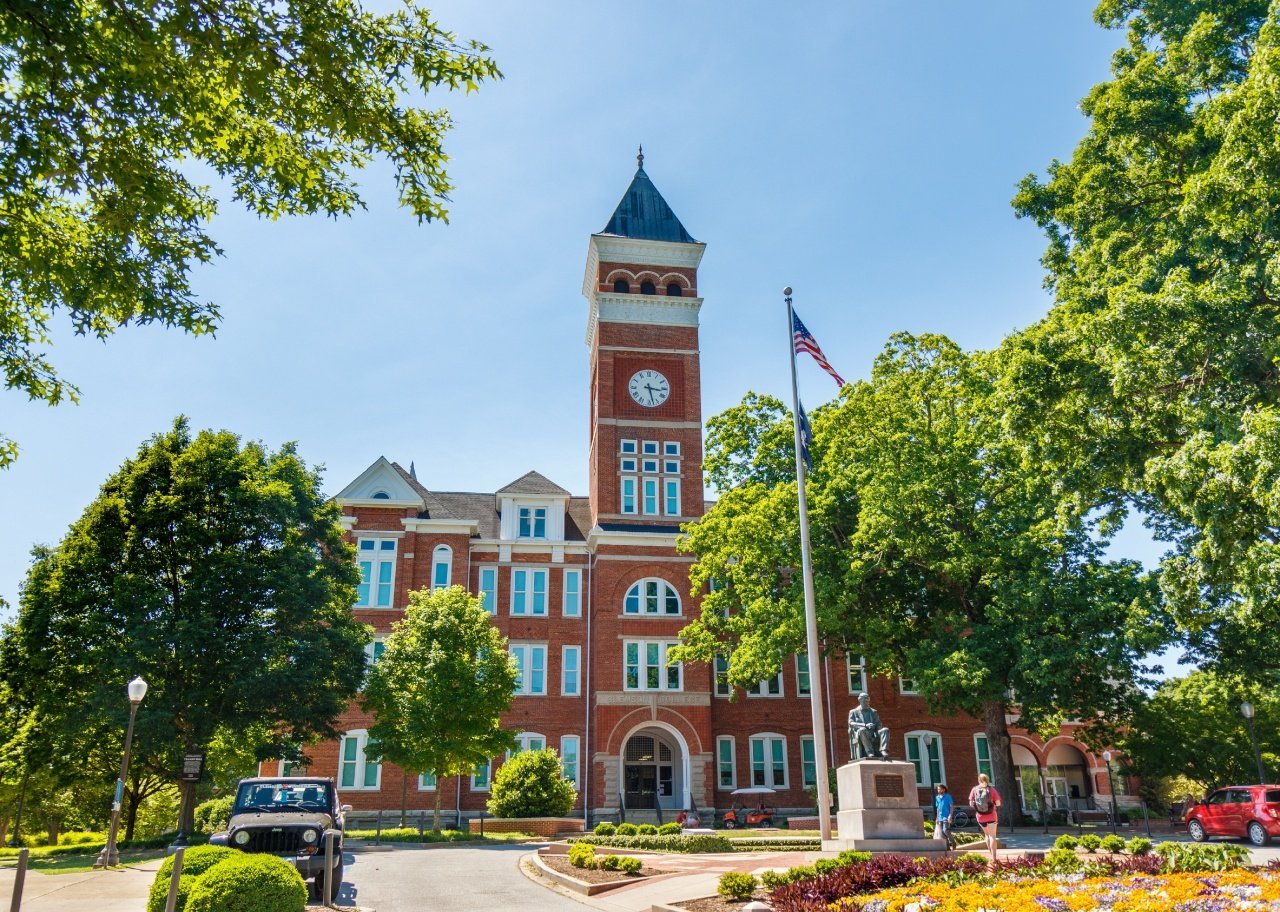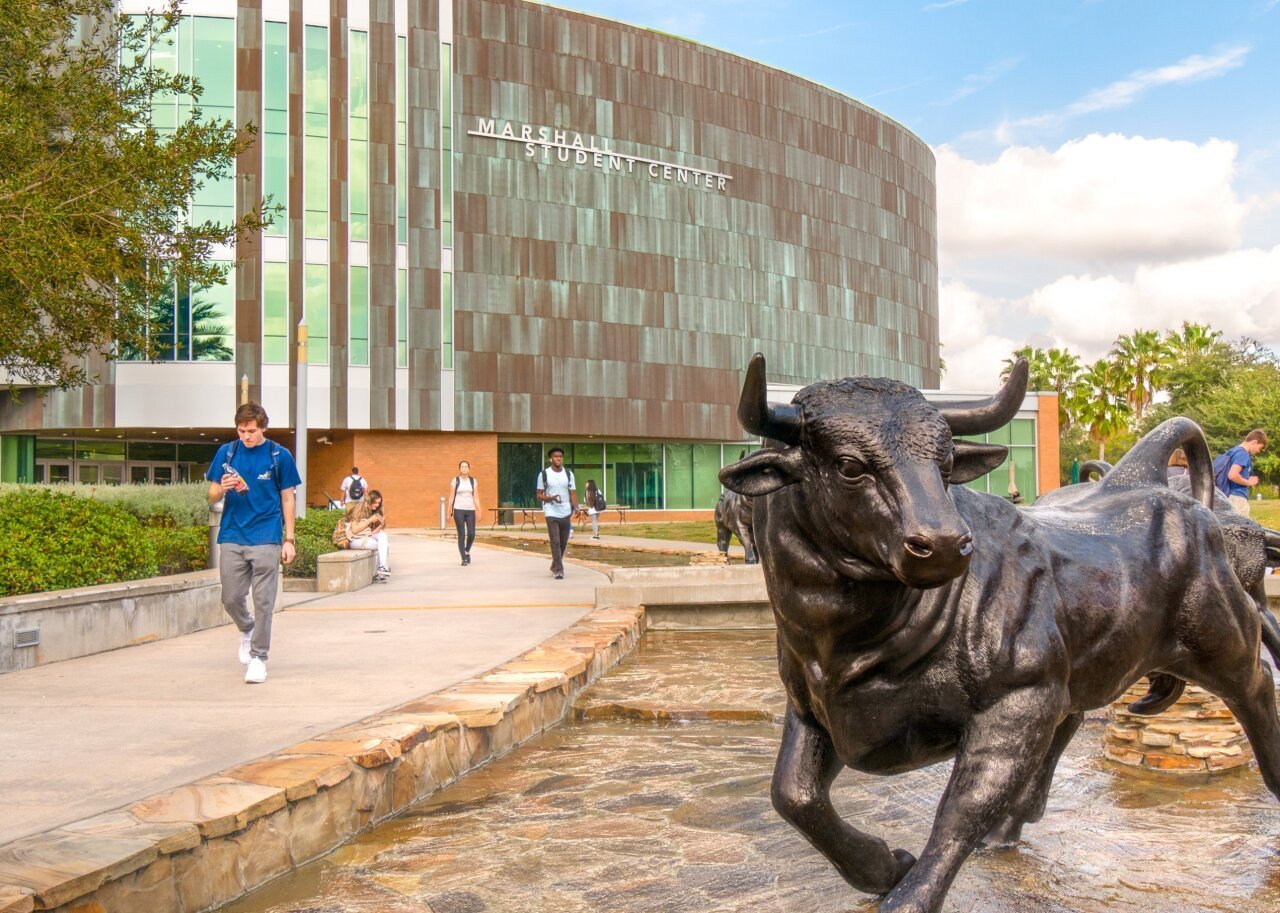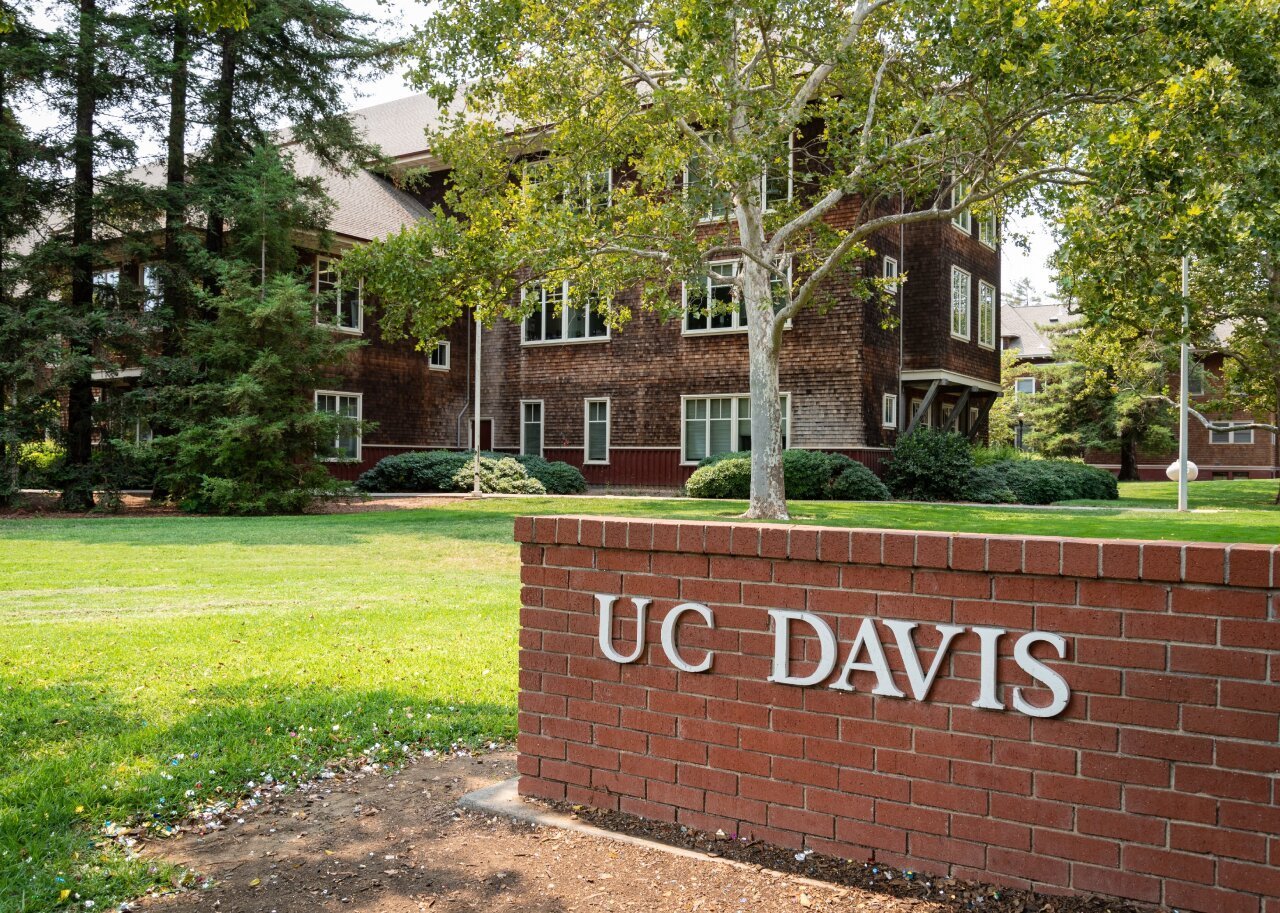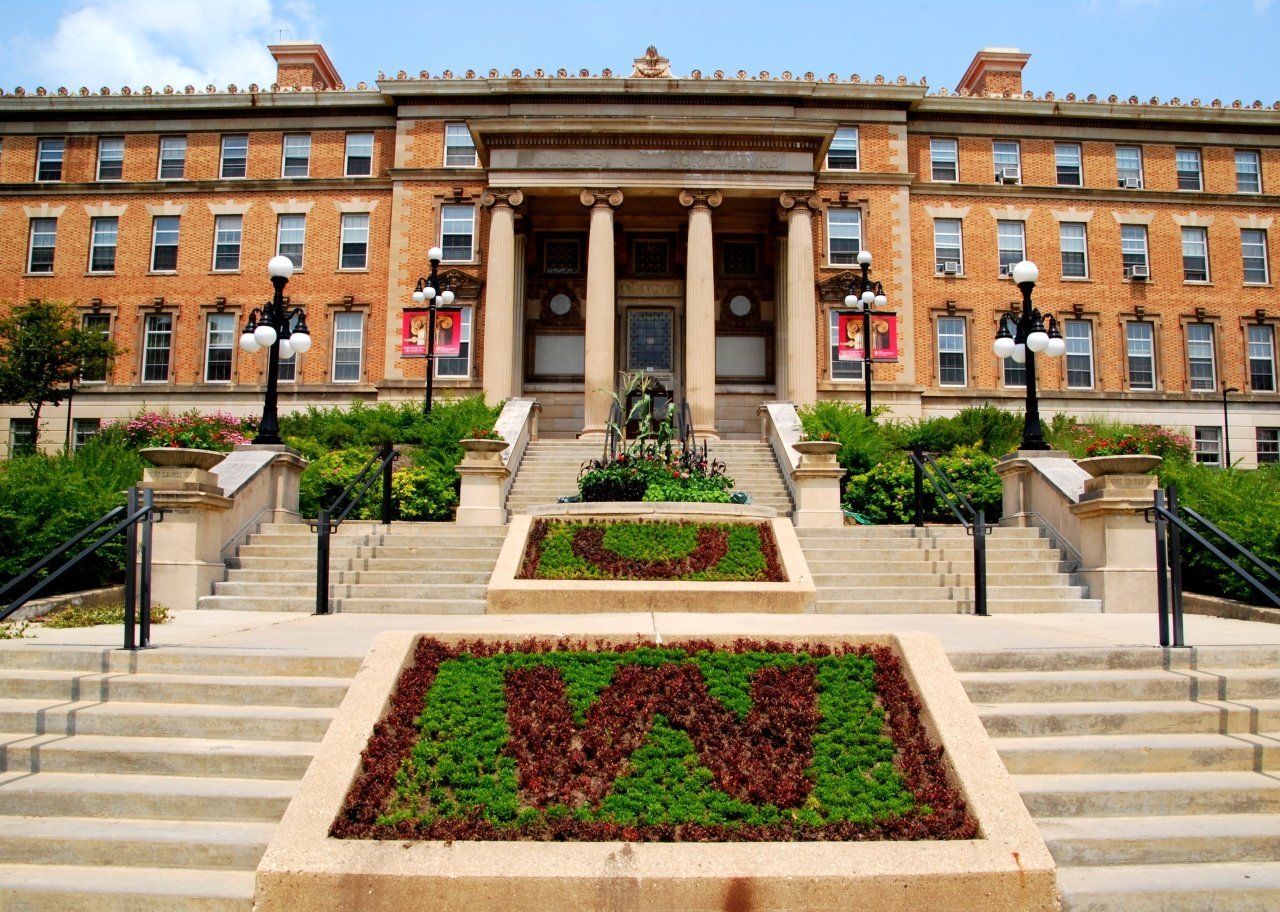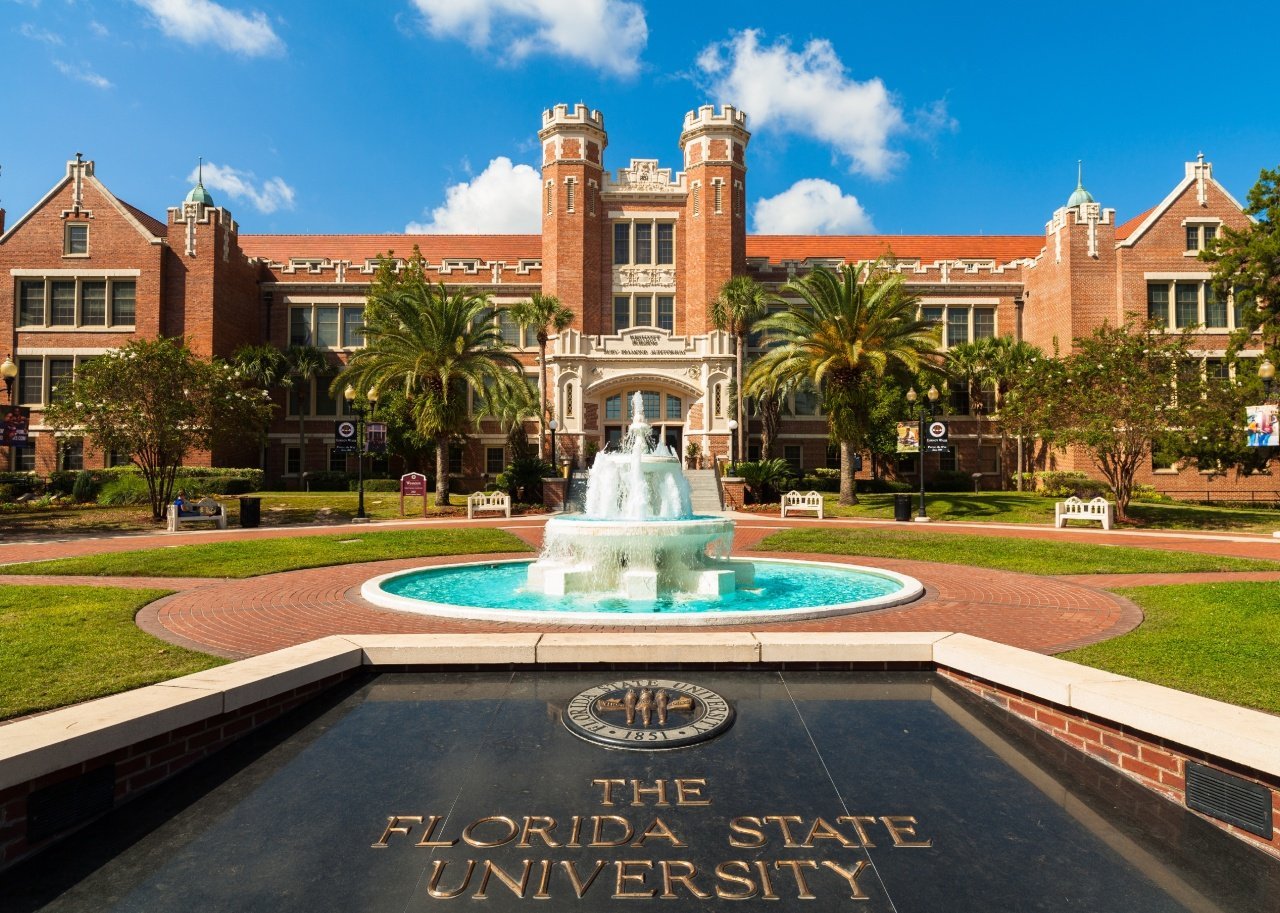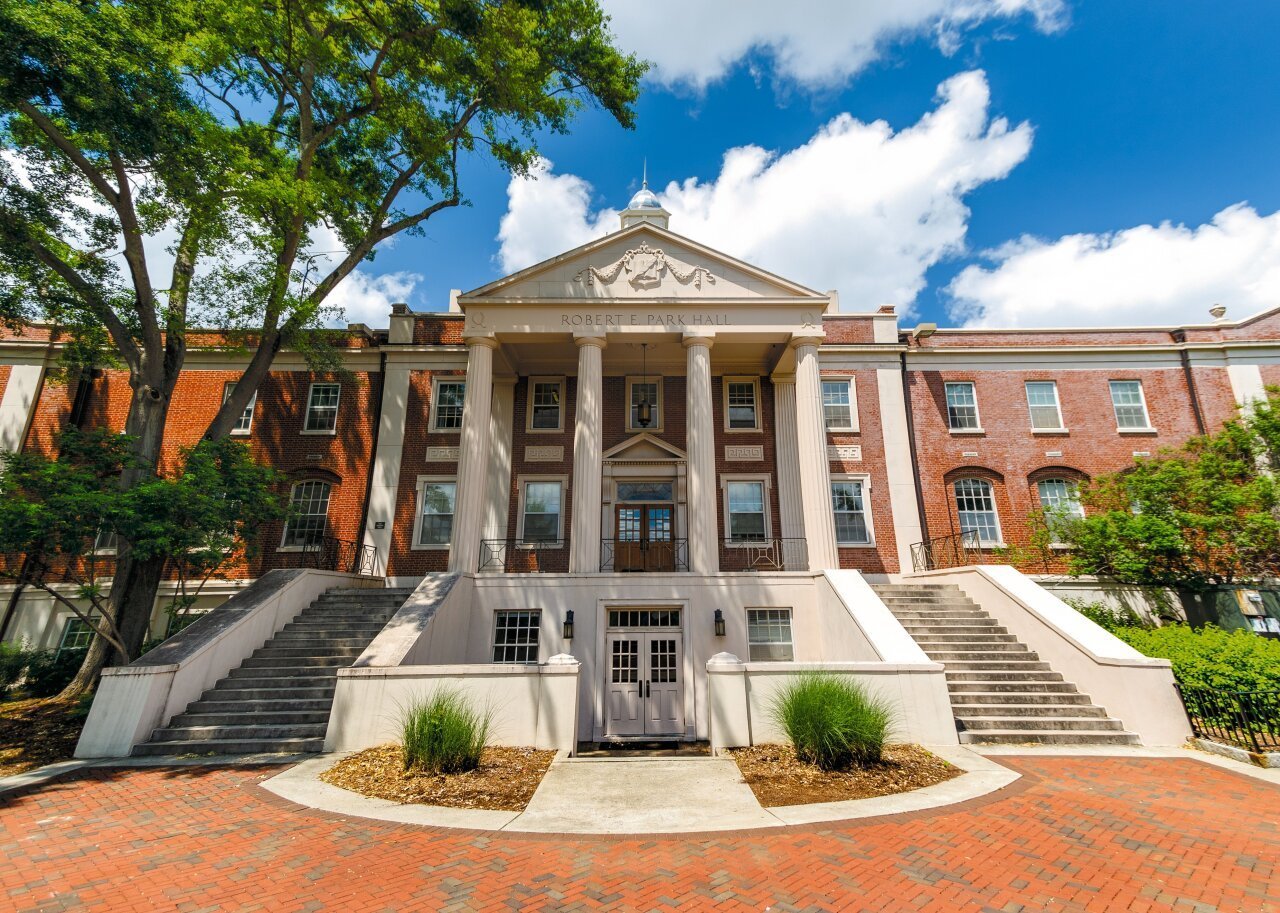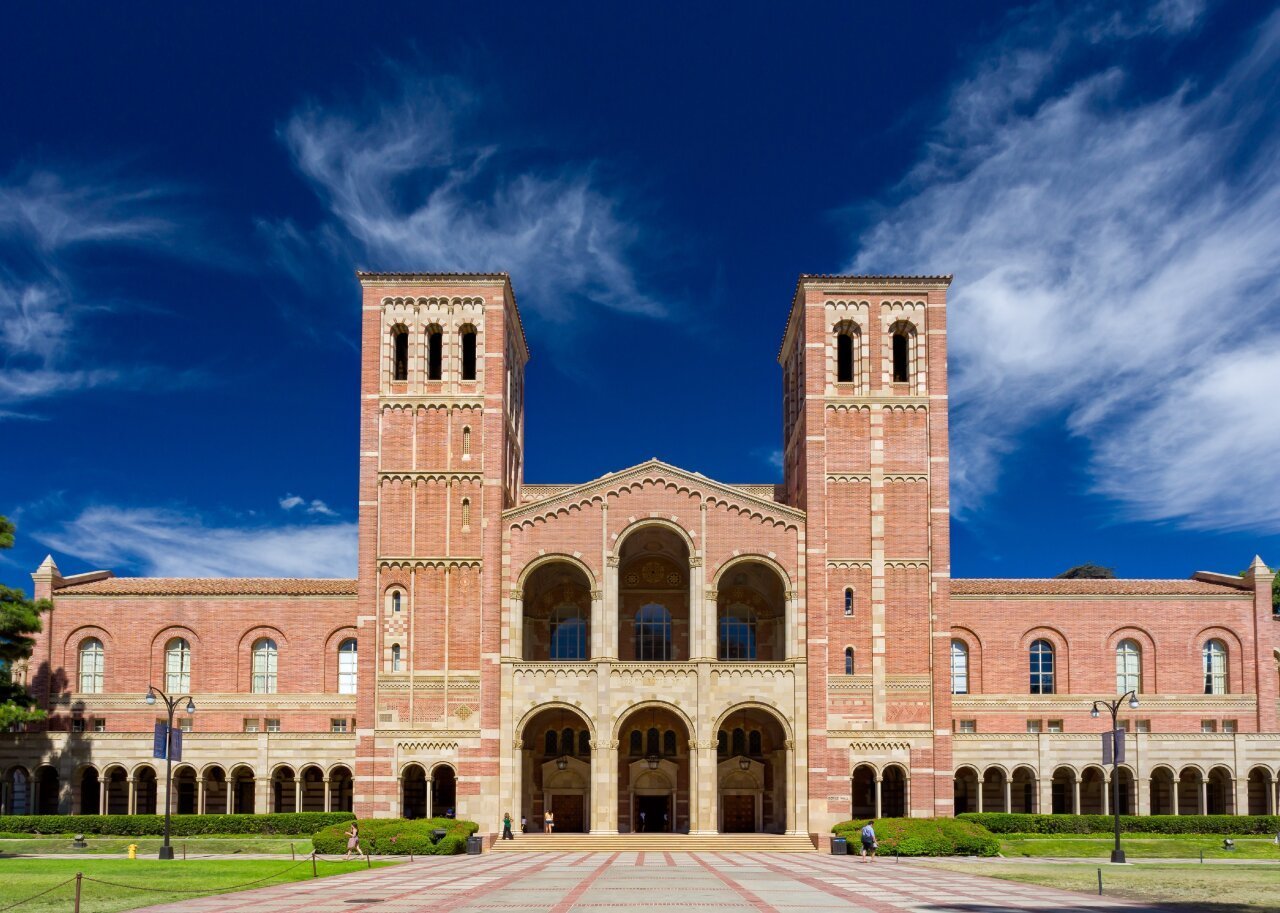Best public colleges in America

Rob Hainer // Shutterstock
Best public colleges in America
Earning a college degree is an investment with far-reaching benefits. According to February 2025 data from the Federal Reserve Bank of New York, adults with bachelor’s degrees earn a median of $20,000 more per year than those with a high school diploma. This increased income can mean a big difference in quality of life, from being able to afford a home to lower instances of poverty and even longer life expectancy.
Those statistics may help explain why enrollment went up 3.2% in spring 2025, with undergraduate enrollment going up 3.5%, according to the latest National Student Clearinghouse Research Center data. At the same time, there are serious financial realities to consider: education often comes with a hefty price tag. Over the last 10 years, tuition rates for both public and private colleges have increased by more than 20%, and student loan debt has increased alongside it, exceeding $1.8 trillion nationwide as of the second quarter of 2025, the highest on record.
According to the Education Data Initiative, the disparity in cost between private and public college tuition has grown yearly over the past decade, reaching the point where a single year at a private college costs nearly as much as a four-year degree at a public school. As of 2025, the average annual tuition at a four-year private nonprofit college is $38,421, whereas the price of an in-state public college is $9,750. As a result, many students are choosing to attend a public university, where they can potentially pay less tuition and get a better value for their money. In fact, research from the Education Data Initiative found that more than 73% of all American undergraduate students are enrolled in public institutions as of March 2025.
Public colleges and universities receive funding from state and local government sources, mainly in the form of dedicated tax revenue. These schools are usually less expensive than their private counterparts, primarily because they do not have to rely solely on tuition fees and endowments to stay solvent. And while there is a long-standing assumption that a private school education is somehow “better” than a state university, state schools often provide the same types of degrees as private schools, and depending on the student, can sometimes offer a better fit for their education.
Stacker compiled a list of the best public colleges in America using 2026 rankings from Niche, which ranks schools based on various factors, including academics, admissions, cost, and student life. All four-year public schools in Niche’s database were considered, and the full methodology can be found here.
Take a look at some of the best public schools in the country.
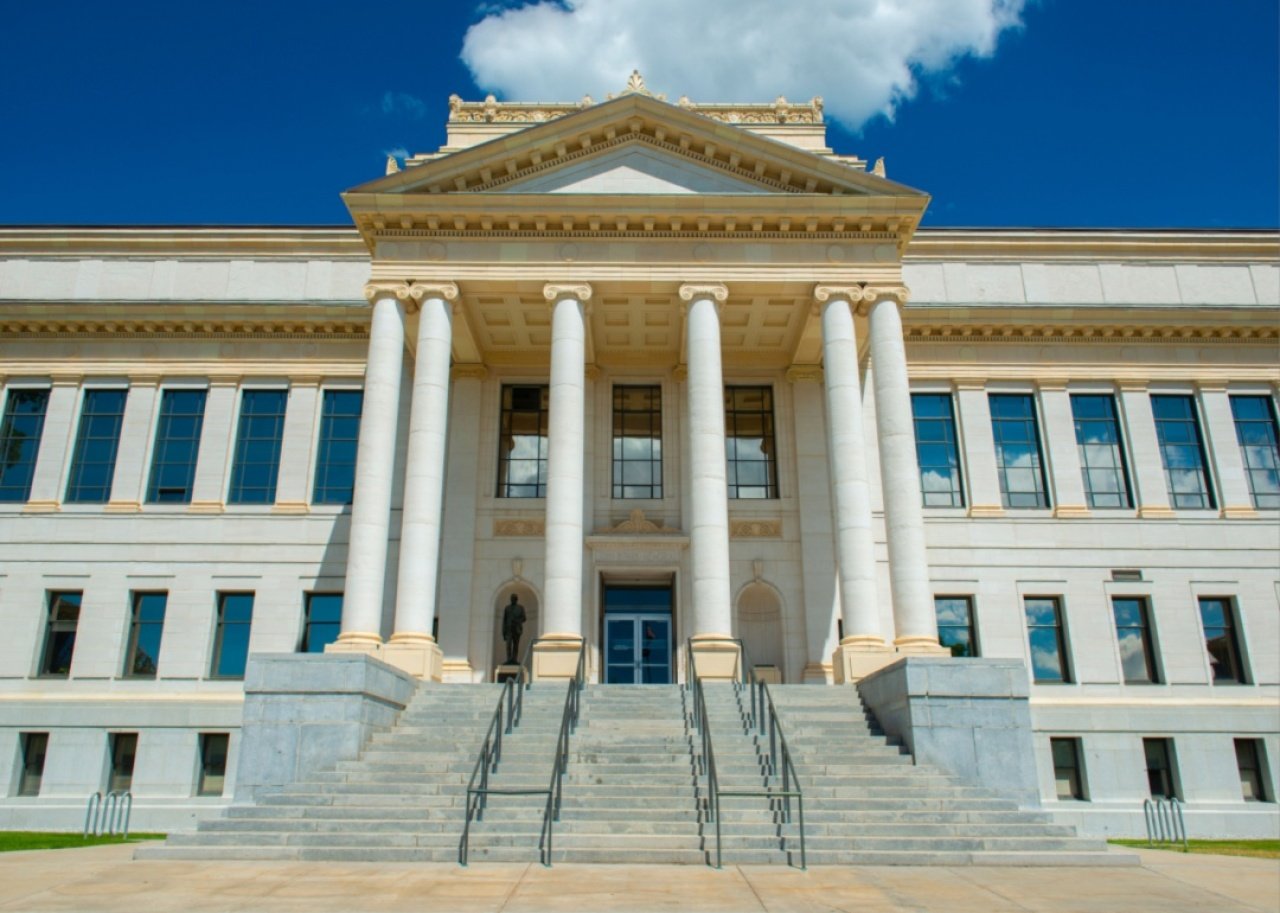
Wangkun Jia // Shutterstock
#50. University of Utah
– Location: Salt Lake City, UT
– Full-time undergraduate enrollment: 22,374
– Student-to-faculty ratio: 9:1
– Acceptance rate: 87%
– Typical SAT range: 1180-1400
– Athletic conference: Big 12 Conference (Big 12)
The University of Utah offers 109 majors in 28 fields of study, with psychology, communications, and economics among the most popular. In 2023, the school broke ground on a $93.5 million Applied Sciences Project that will renovate a historic campus building and add a new lab and research center.
Travel_with_me // Shutterstock
#49. The University of Alabama
– Location: Tuscaloosa, AL
– Full-time undergraduate enrollment: 30,984
– Student-to-faculty ratio: 18:1
– Acceptance rate: 76%
– Typical SAT range: 1170-1400
– Athletic conference: Southeastern Conference (SEC)
The University of Alabama was founded in 1831 and was the state’s first public college. Students have more than 200 programs to choose from, and there are over 650 student organizations and clubs, as well as myriad volunteer and internship opportunities. The campus encompasses 1,400 beautifully cultivated acres, with greenery all around, and nearby Tuscaloosa offers dining, shopping, and outdoor activities.
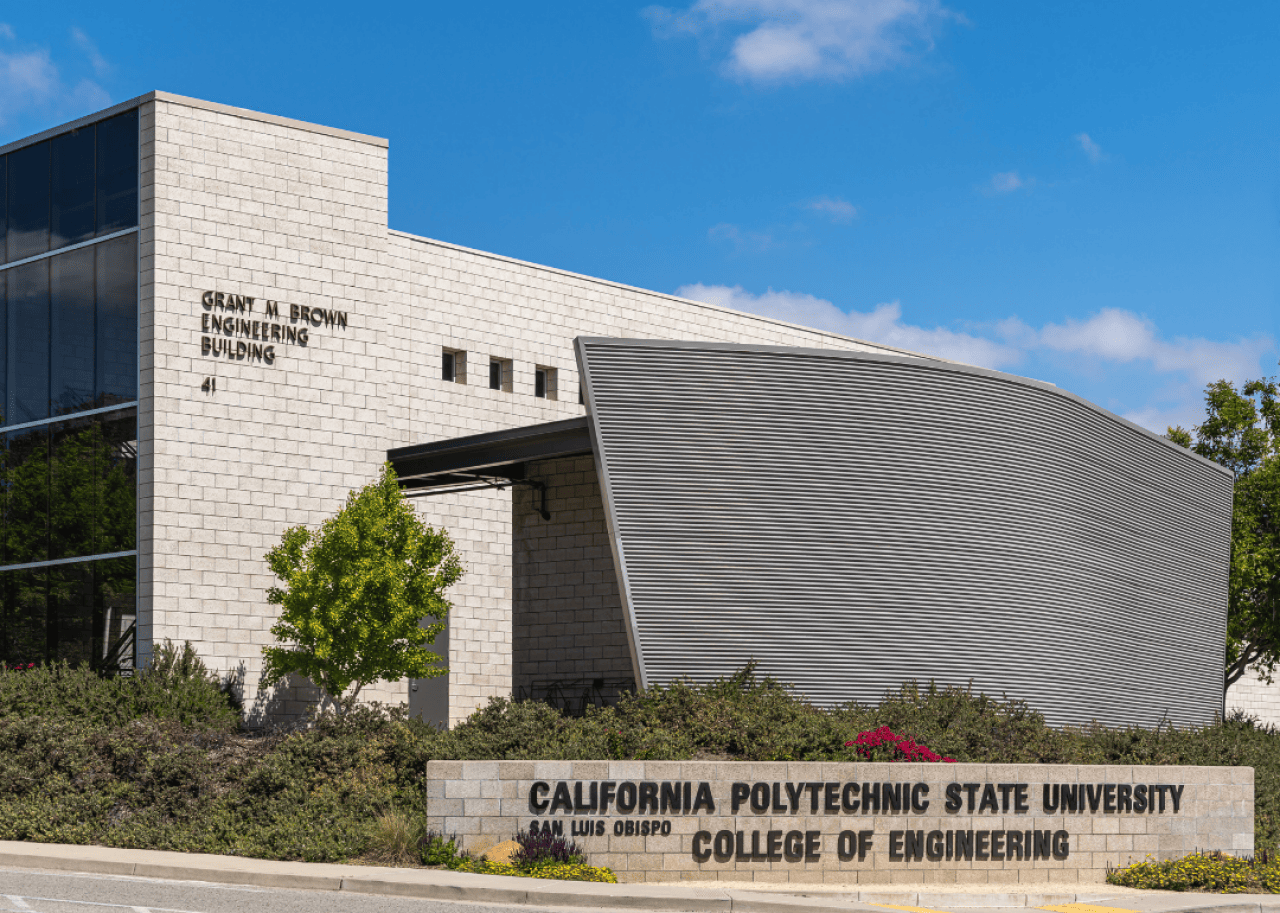
Claudine Van Massenhove // Shutterstock
#48. California Polytechnic State University (Cal Poly) – San Luis Obispo
– Location: San Luis Obispo, CA
– Full-time undergraduate enrollment: 20,629
– Student-to-faculty ratio: 20:1
– Acceptance rate: 30%
– Typical SAT range: 1220-1410
– Athletic conference: Big West Conference (Big West)
Cal Poly encourages its students to “learn by doing,” an approach that it says has set it apart from other universities since its founding in 1901. By giving students real-world experience, Cal Poly allows them to apply what they have learned in projects ranging from exploring space—it has graduated four astronauts—to looking for solutions to climate change. The university’s six colleges offer more than 60 majors.
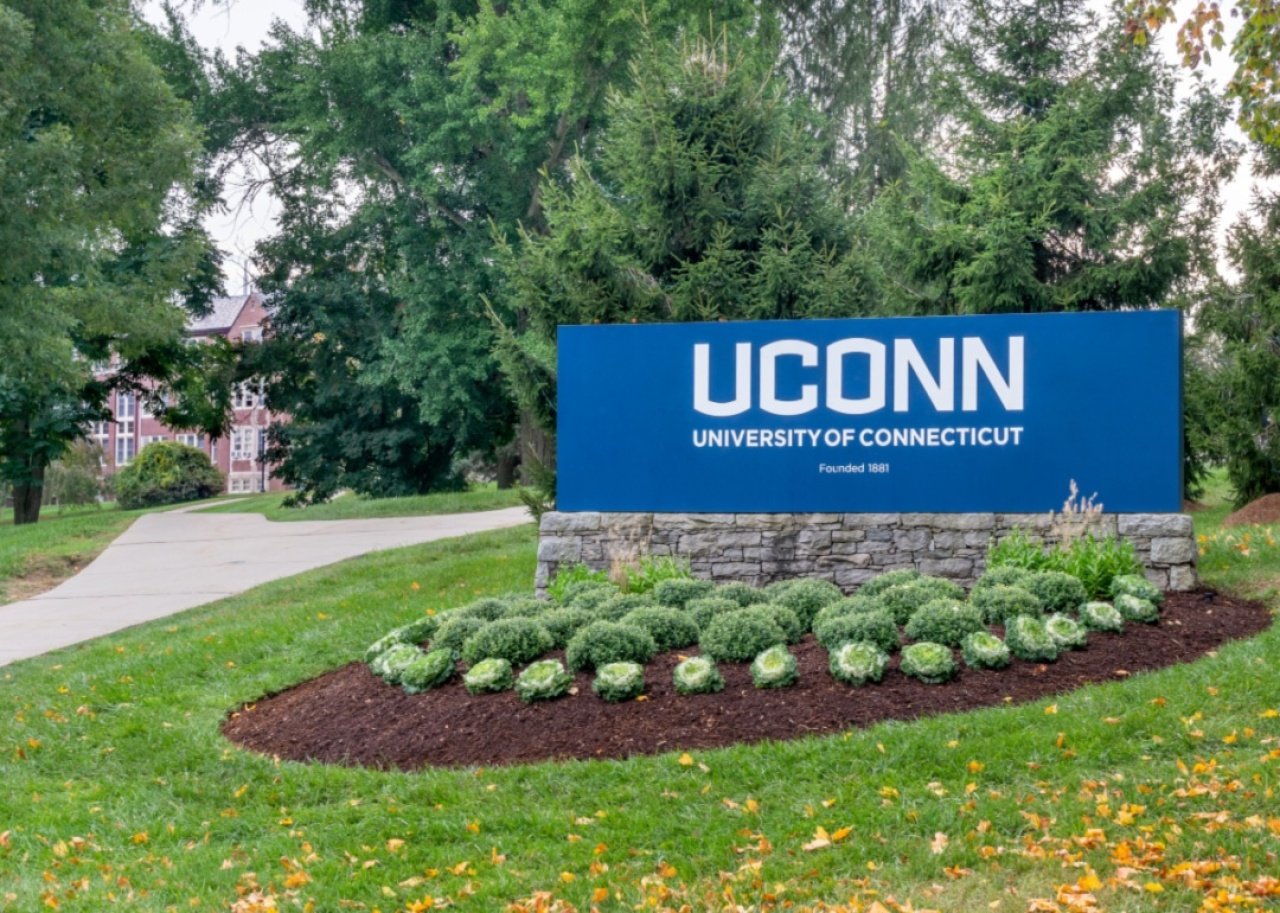
Ken Wolter // Shutterstock
#47. University of Connecticut
– Location: Storrs, CT
– Full-time undergraduate enrollment: 18,838
– Student-to-faculty ratio: 8:1
– Acceptance rate: 54%
– Typical SAT range: 1210-1420
– Athletic conference: Big East Conference (Big East)
UConn was founded in 1881 and has four other regional campuses in the state. The school offers 130 majors and 103 research and professional fields of study, with a total of 14 schools and colleges. Students who attend UConn have the added bonus of more than 700 different clubs and organizations to choose from, as well as five cultural centers.
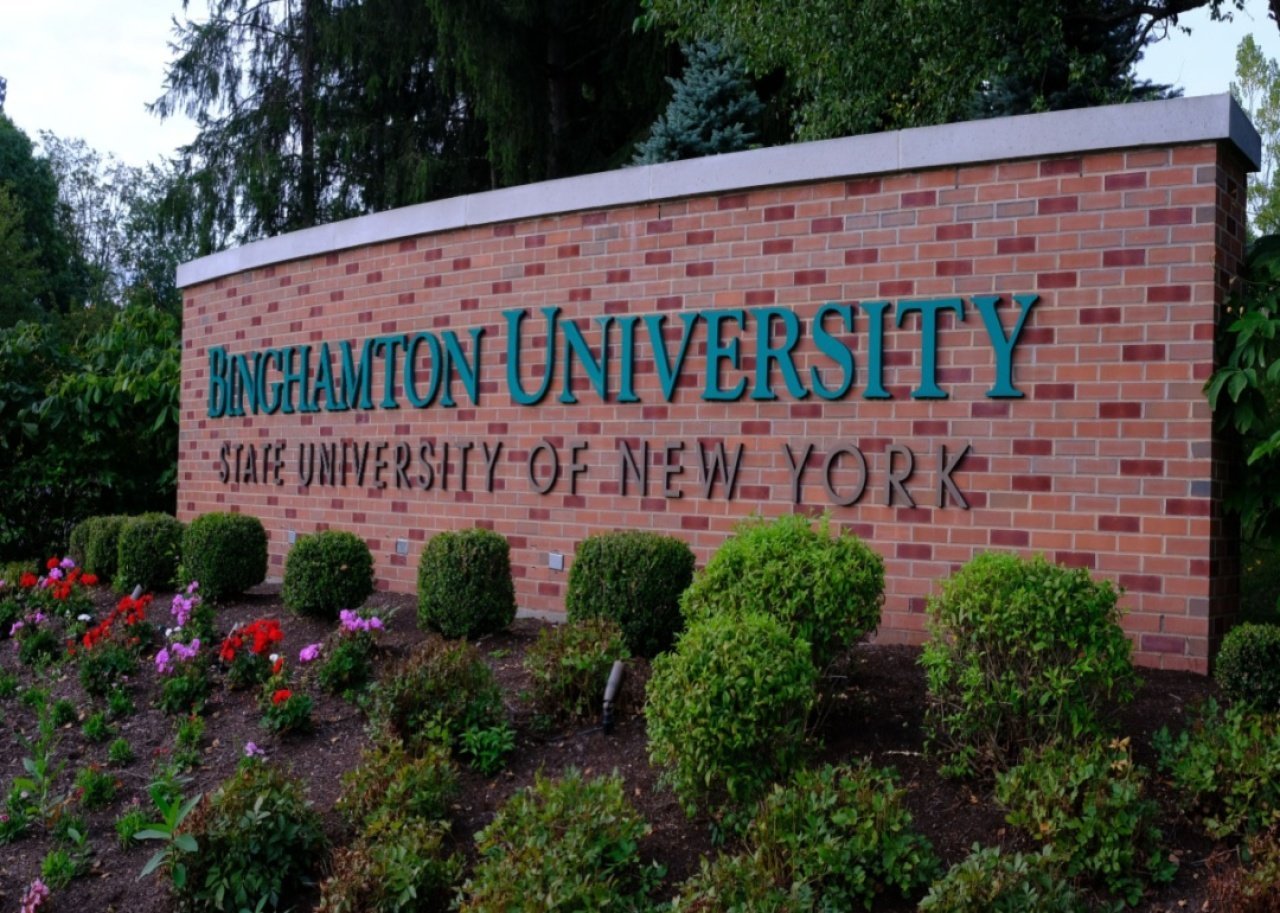
Steve Cwik // Shutterstock
#46. Binghamton University, SUNY
– Location: Vestal, NY
– Full-time undergraduate enrollment: 14,408
– Student-to-faculty ratio: 15:1
– Acceptance rate: 38%
– Typical SAT range: 1320-1490
– Athletic conference: America East Conference (AmEast)
This New York university has a fairly substantial enrollment of more than 14,000 students and an acceptance rate of 38%. Approximately 46% of attending students receive financial aid. The most popular majors include economics, psychology, and neuroscience. In July 2025, the college started construction on a new University Hall education center that will feature lecture halls, an active learning classroom, and a commons with group study rooms.
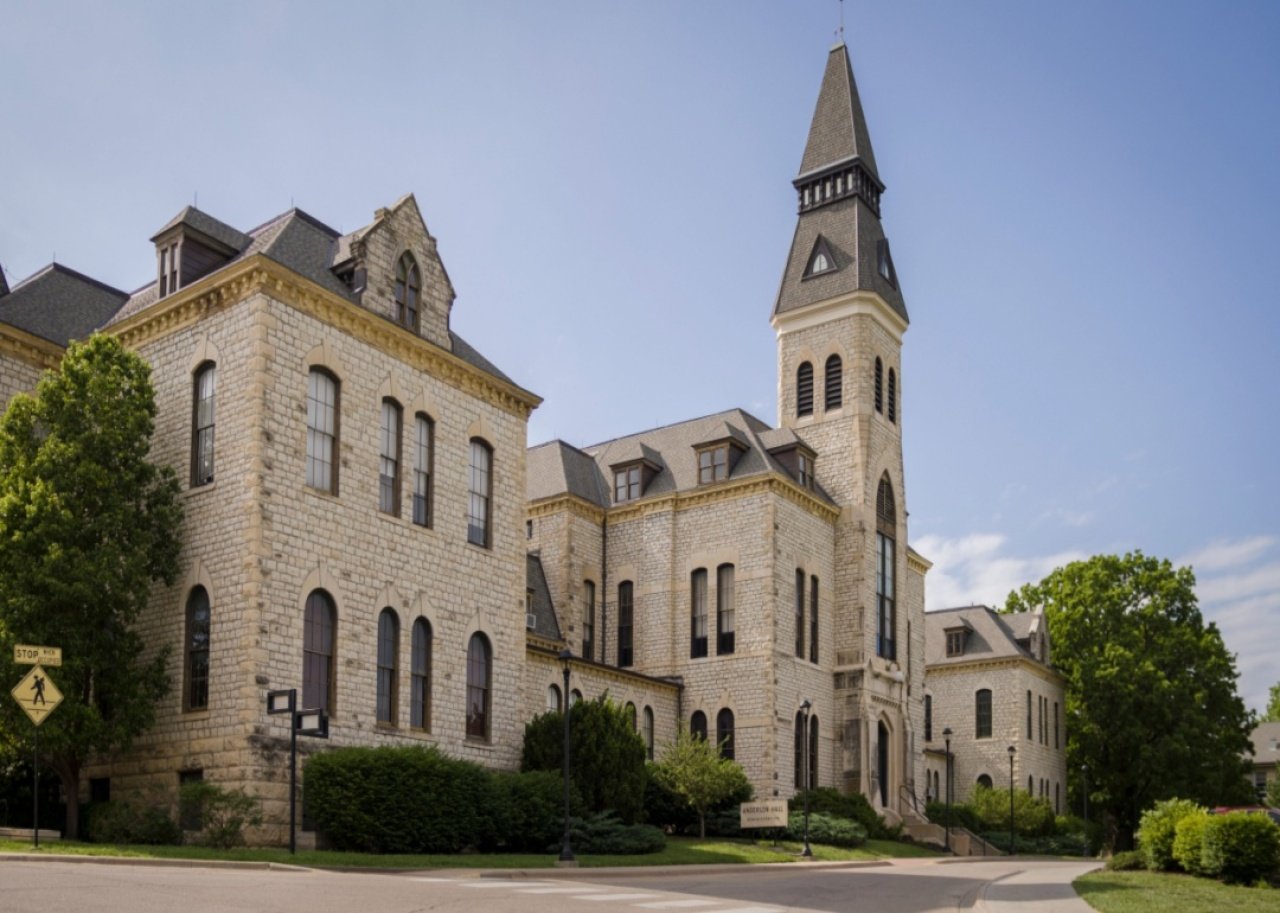
University of College // Shutterstock
#45. Kansas State University
– Location: Manhattan, KS
– Full-time undergraduate enrollment: 13,553
– Student-to-faculty ratio: 15:1
– Acceptance rate: 79%
– Typical SAT range: 1040-1260
– Athletic conference: Big 12 Conference (Big 12)
In addition to its ranking as one of the Best Public Colleges in America, Kansas State is also ranked #5 for Best Colleges for Agricultural Sciences in America, so it’s no surprise that animal sciences is one of the school’s most popular majors. Attending students name the educational opportunities, helpful advisors and professors, and exceptional campus amenities as some of the university’s high points.
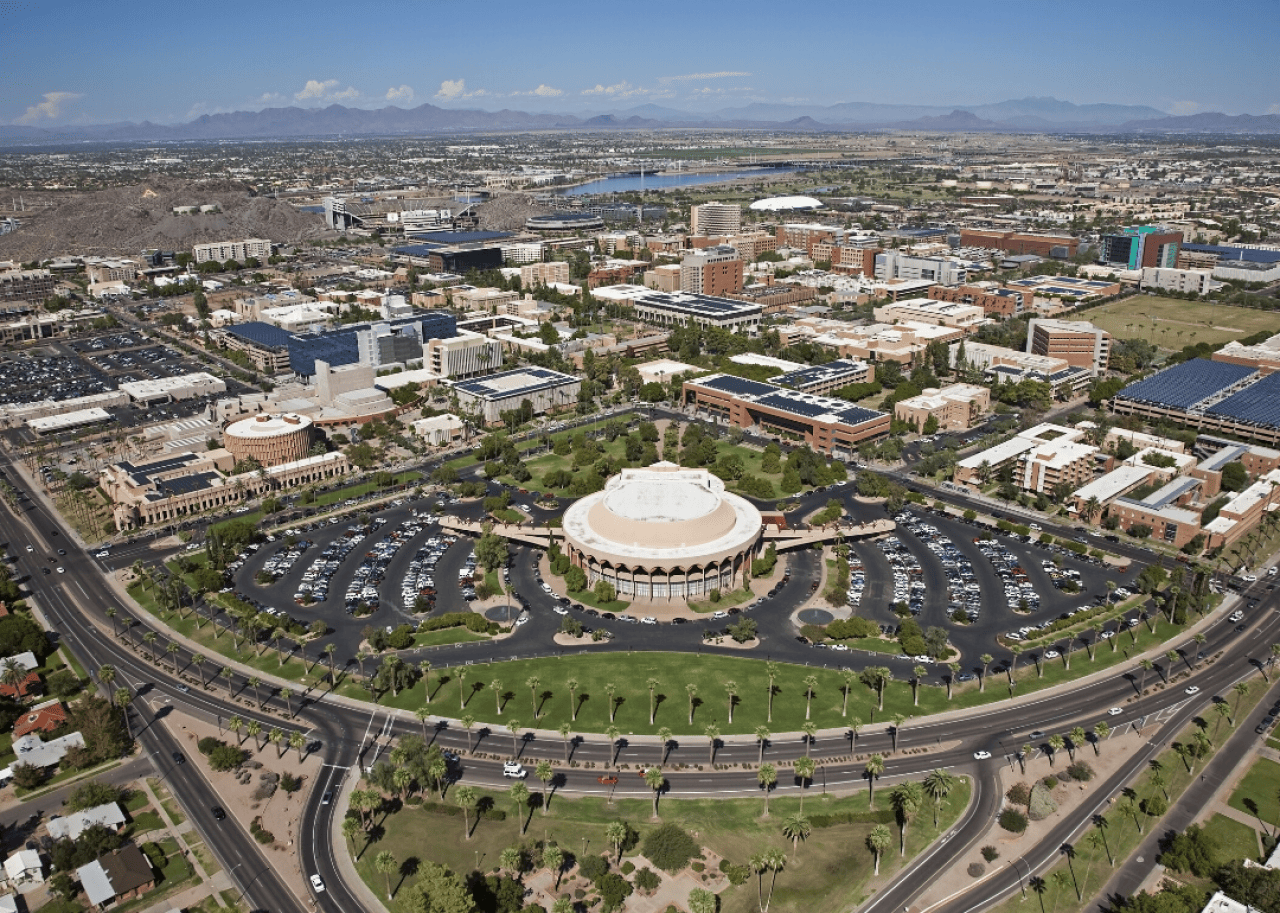
Tim Roberts Photography // Shutterstock
#44. Arizona State University
– Location: Tempe, AZ
– Full-time undergraduate enrollment: 59,707
– Student-to-faculty ratio: 16:1
– Acceptance rate: 90%
– Typical SAT range: 1100-1320
– Athletic conference: Big 12 Conference (Big 12)
ASU, ranked #1 for Best Colleges in Arizona, offers more than 400 undergraduate and 450 graduate degrees. Students who attend ASU have the option to participate in accelerated learning and concurrent degree programs, as well as being part of student research programs and internships.
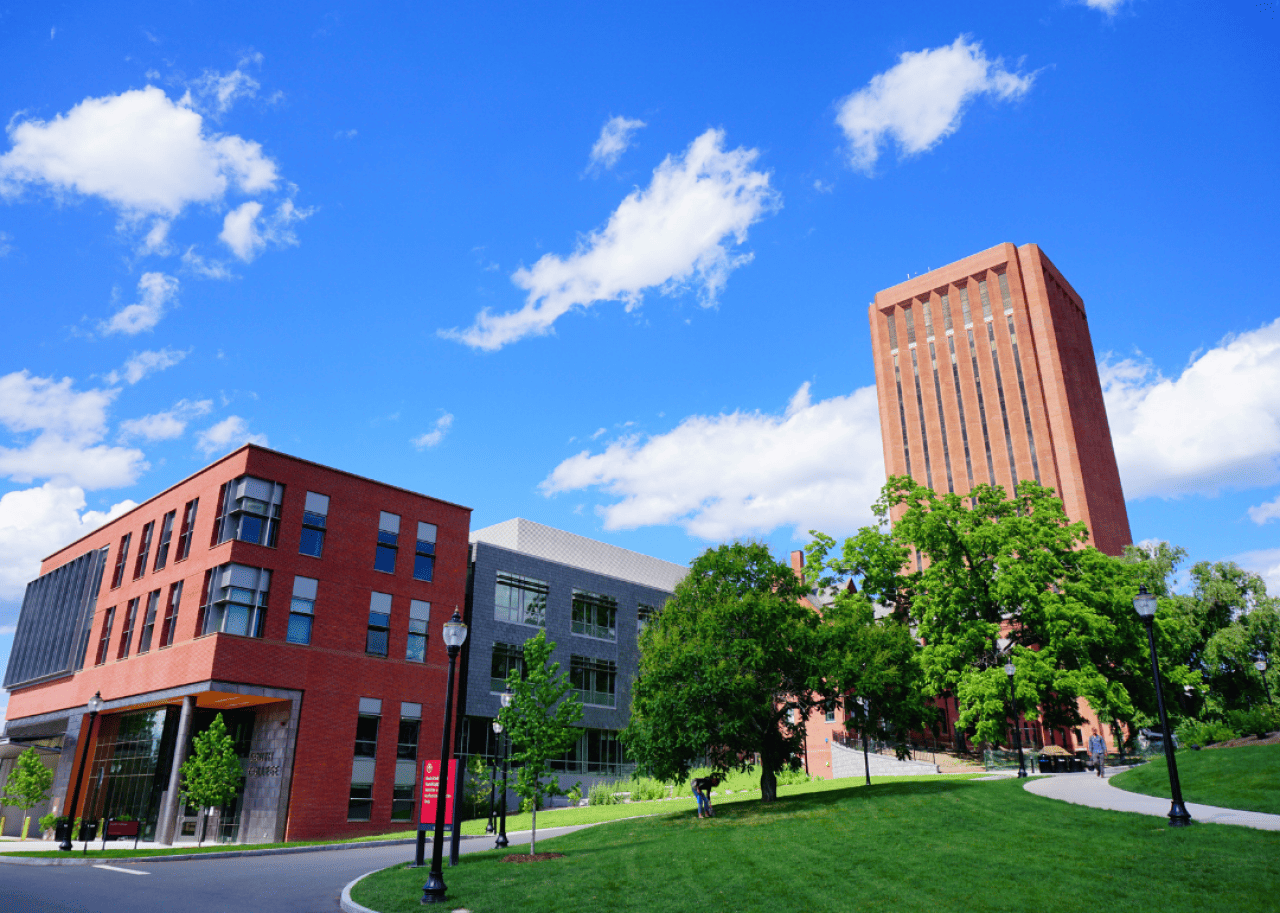
Feng Cheng // Shutterstock
#43. University of Massachusetts Amherst
– Location: Amherst, MA
– Full-time undergraduate enrollment: 22,537
– Student-to-faculty ratio: 15:1
– Acceptance rate: 58%
– Typical SAT range: 1300-1480
– Athletic conference: Atlantic 10 Conference (A-10)
UMass bills itself as a world-class public research institution. Founded in 1863 through the Morrill Land Grant College Act as an agricultural school on 310 acres, it admitted its first 56 students with just four faculty members to teach them and four wooden buildings to teach in. Today, it is the flagship of the state’s university system, offering a wide range of undergraduate and graduate programs and what’s known as 4+1 accelerated programs, which allow students to earn both their bachelor’s and master’s degrees at once. Amherst is the quintessential college town, where Emily Dickinson wrote her poems and where students can find cultural events and outdoor activities.
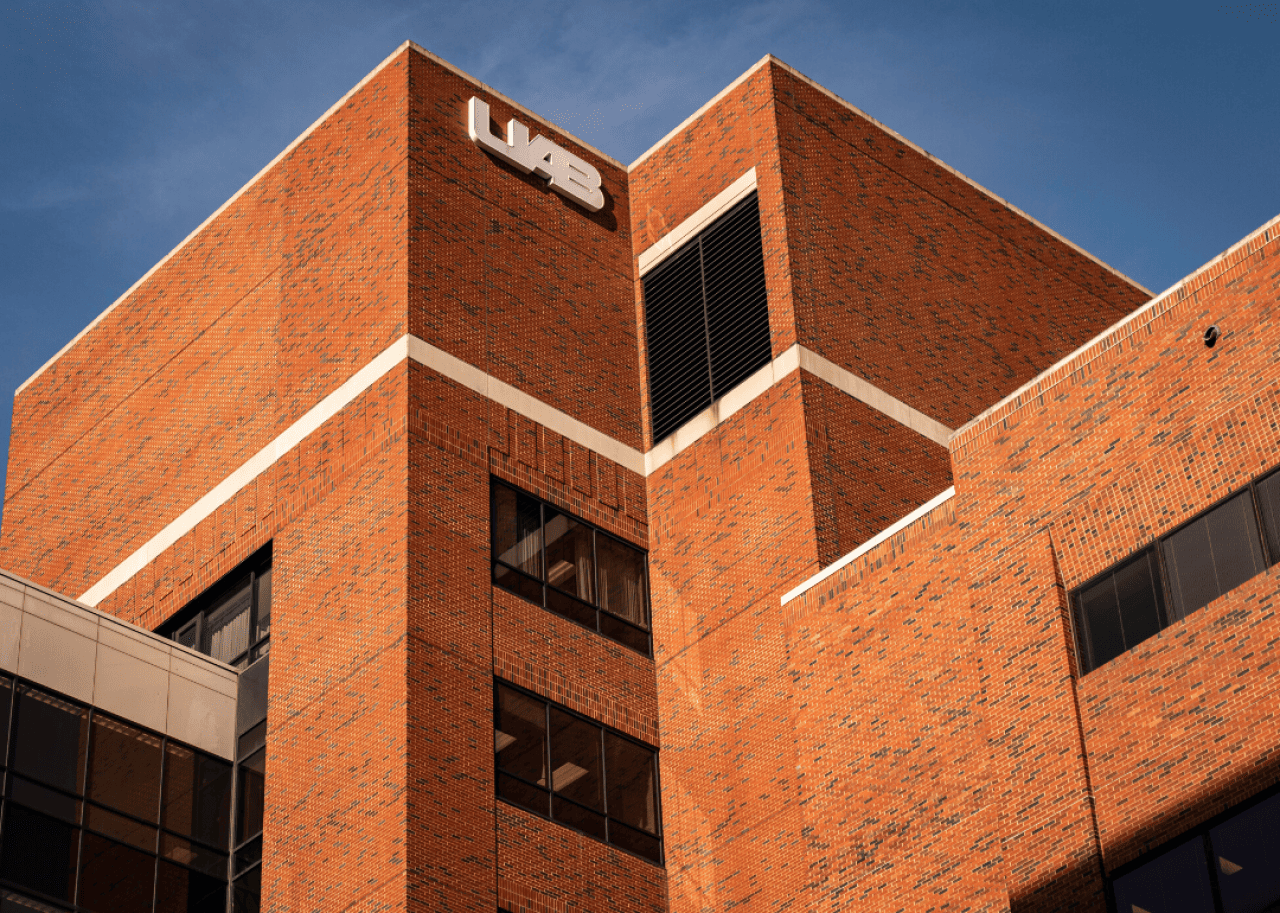
Travel_with_me // Shutterstock
#42. University of Alabama – Birmingham
– Location: Birmingham, AL
– Full-time undergraduate enrollment: 9,841
– Student-to-faculty ratio: 4:1
– Acceptance rate: 88%
– Typical SAT range: 1130-1400
– Athletic conference: American Athletic Conference (The American)
UAB, originally founded in 1859 in association with the Medical College of Alabama, is the only public four-year university in the Birmingham area. Popular majors include health professions, business, and psychology. Student life is vibrant; the school has 18 NCAA Division 1 sports teams, 250 campus organizations, 20 club and intramural teams, and more than two dozen Greek organizations.
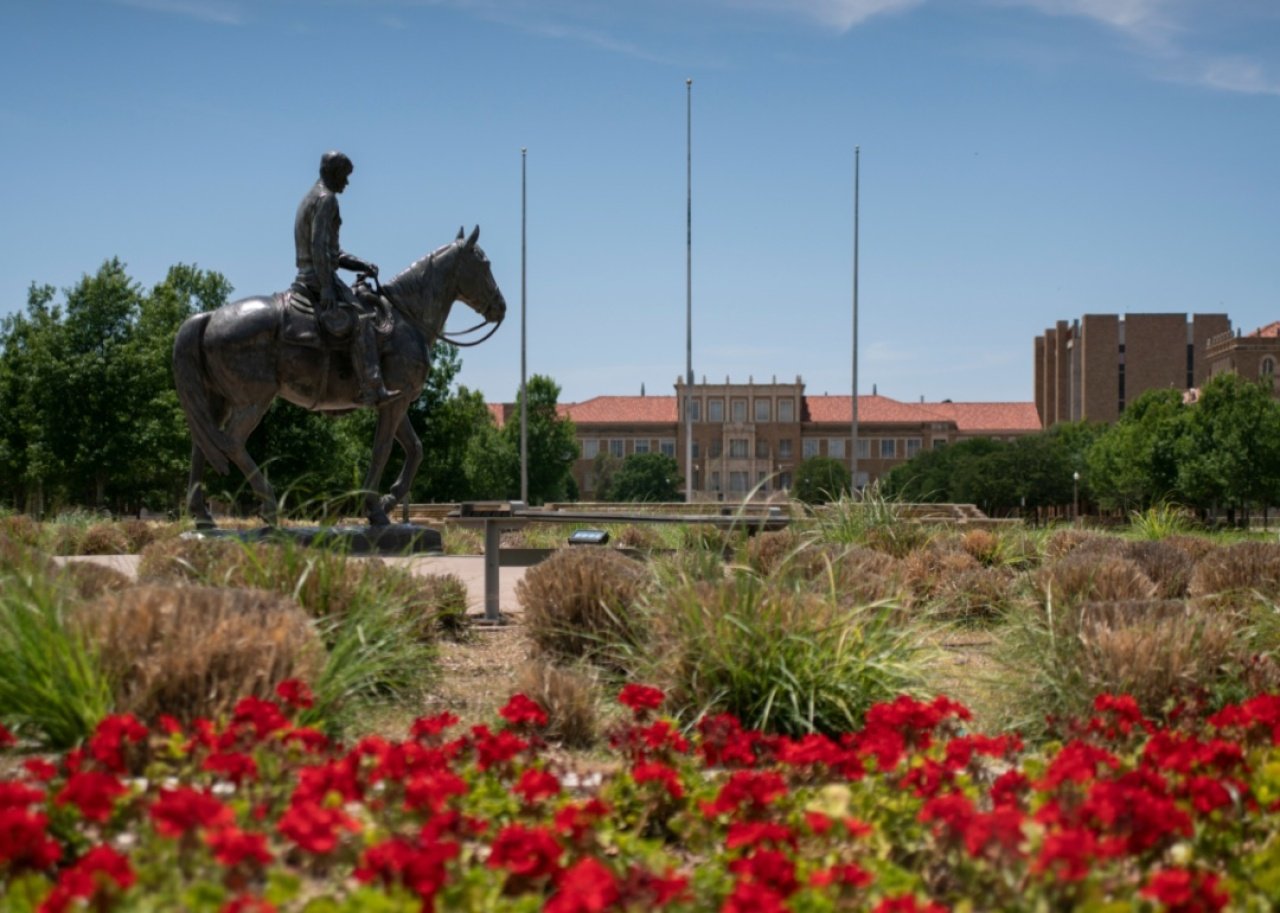
University of College // Shutterstock
#41. Texas Tech University
– Location: Lubbock, TX
– Full-time undergraduate enrollment: 29,578
– Student-to-faculty ratio: 17:1
– Acceptance rate: 71%
– Typical SAT range: 1090-1270
– Athletic conference: Big 12 Conference (Big 12)
Located in Lubbock, Texas Tech is a public research university founded in 1923. It offers more than 150 areas of study, alongside more than 600 different clubs and extracurriculars. The school is also ranked as one of the best in the U.S. for agricultural sciences and for kinesiology and physical therapy programs.

FotosForTheFuture // Shutterstock
#40. Rutgers University–New Brunswick
– Location: Piscataway, NJ
– Full-time undergraduate enrollment: 35,082
– Student-to-faculty ratio: 8:1
– Acceptance rate: 65%
– Typical SAT range: 1270-1480
– Athletic conference: Big Ten Conference (Big Ten)
Rutgers has more than 150 undergraduate majors and dozens of nationally respected research centers, providing an environment of hands-on learning and real-world experience. Students who attend Rutgers cite diversity and opportunity as being top draws, and Rutgers was ranked in the top 50 for Most Diverse Colleges in America.
EQRoy // Shutterstock
#39. Michigan State University
– Location: East Lansing, MI
– Full-time undergraduate enrollment: 37,492
– Student-to-faculty ratio: 12:1
– Acceptance rate: 84%
– Typical SAT range: 1150-1350
– Athletic conference: Big Ten Conference (Big Ten)
MSU was founded in 1855 and was the first university to teach scientific agriculture. The campus encompasses 5,200 acres, with agricultural, animal, and forestry research conducted on another 17,500 acres around the state. In addition to its highly rated education and research programs, MSU is an NCAA Division I school and is ranked in the top 20 for Best College Athletics in America.
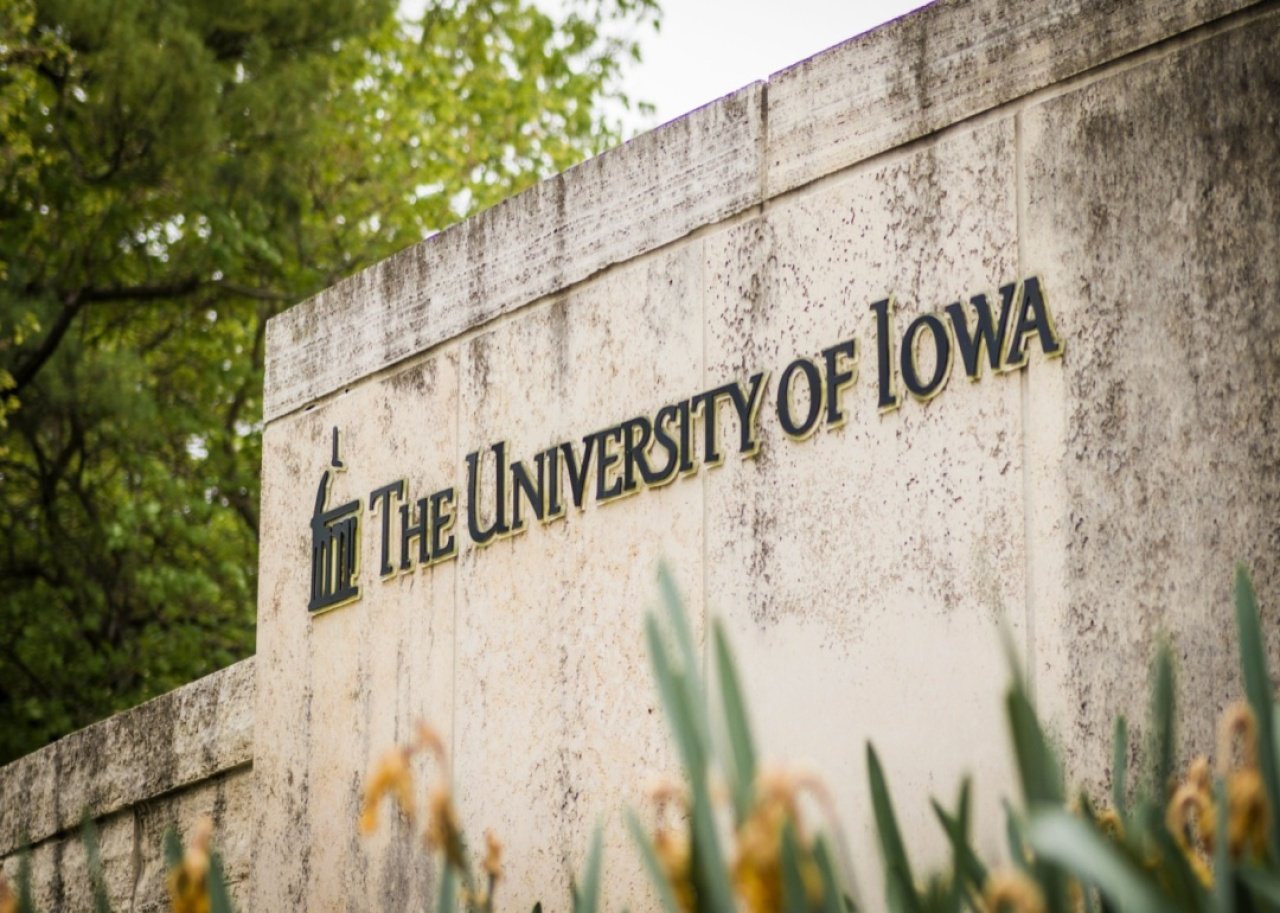
University of College // Shutterstock
#38. University of Iowa
– Location: Iowa City, IA
– Full-time undergraduate enrollment: 20,622
– Student-to-faculty ratio: 8:1
– Acceptance rate: 85%
– Typical SAT range: 1130-1320
– Athletic conference: Big Ten Conference (Big Ten)
Ranked #1 in Public Universities in the state, the University of Iowa offers its students more than 200 different areas of study, with the most popular majors including business, social sciences, and communication. The health sciences department at the University of Iowa is very popular, providing students with opportunities for hands-on research at the university hospital and clinics.
MWaits // Shutterstock
#37. Oklahoma State University
– Location: Stillwater, OK
– Full-time undergraduate enrollment: 18,930
– Student-to-faculty ratio: 14:1
– Acceptance rate: 71%
– Typical SAT range: 1030-1240
– Athletic conference: Big 12 Conference (Big 12)
Oklahoma State University has nearly 200 majors and minors, and over 120 master’s and doctoral programs, giving students plenty of options in their chosen fields of study. The school’s most popular majors include business and marketing, and OSU was ranked as one of the top 10 Best Colleges for Agricultural Sciences in America. This is also an affordable university, with more than 80% of students receiving financial aid.
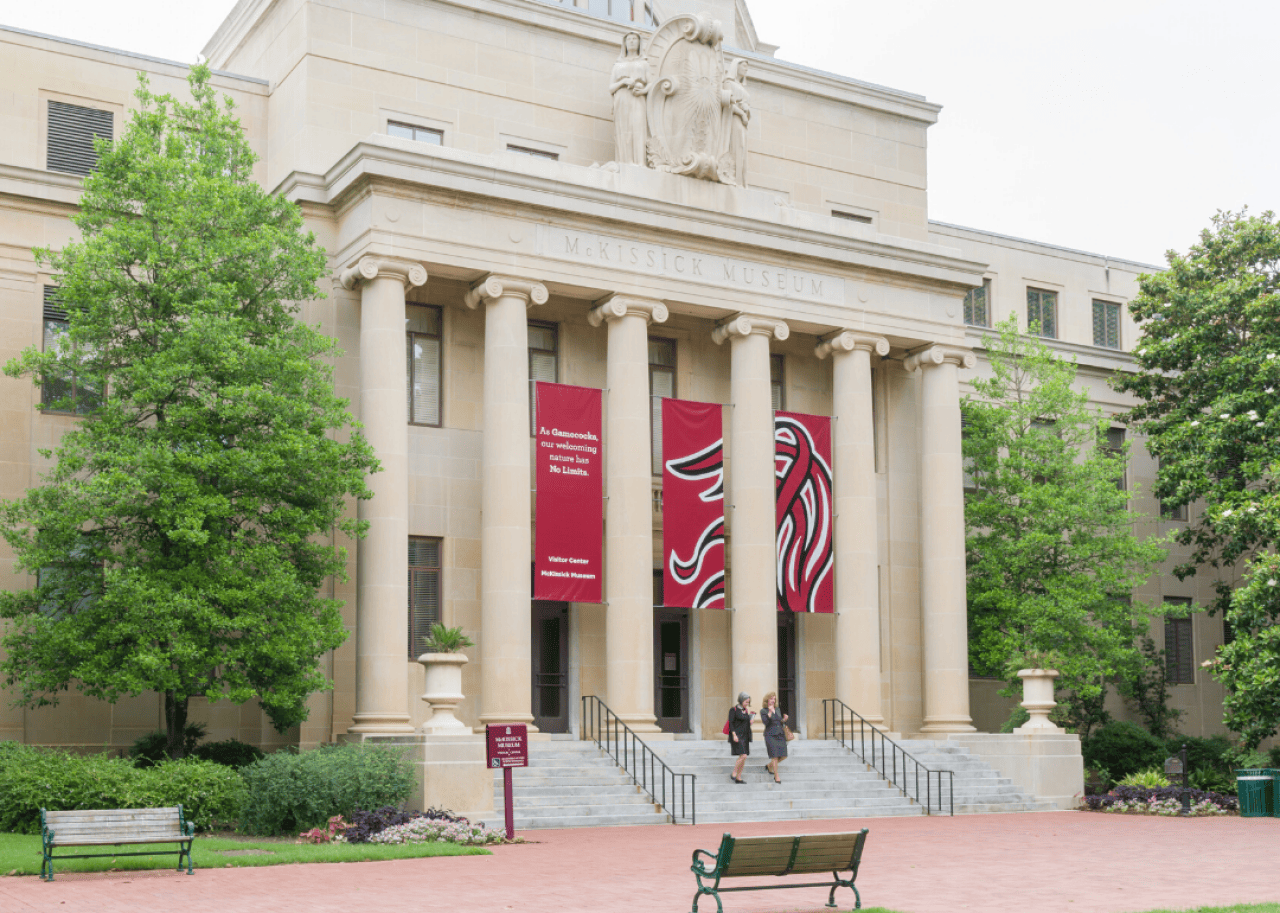
Ken Wolter // Shutterstock
#36. University of South Carolina
– Location: Columbia, SC
– Full-time undergraduate enrollment: 28,980
– Student-to-faculty ratio: 15:1
– Acceptance rate: 61%
– Typical SAT range: 1180-1380
– Athletic conference: Southeastern Conference (SEC)
This NCAA Division I school is big on athletics, with 21 intercollegiate sports teams. Students can choose from more than 120 majors, the most popular of which are finance, public health, and psychology. The main campus’s location in downtown Columbia, the state’s capital, puts students within easy reach of dining, nightlife, and community events.
Ken Wolter // Shutterstock
#35. University of Minnesota – Twin Cities
– Location: Minneapolis, MN
– Full-time undergraduate enrollment: 29,124
– Student-to-faculty ratio: 8:1
– Acceptance rate: 77%
– Typical SAT range: 1310-1480
– Athletic conference: Big Ten Conference (Big Ten)
The flagship campus of the University of Minnesota school system, the Twin Cities campus was founded in 1851 and remains the only land-grant university in the state. With 150+ majors ranging from accounting to urban studies, the university offers students a chance to study in small groups and provides numerous on-campus opportunities for internships and research. Notable alumni include a former U.S. vice president, Nobel prize recipients, and dozens of company founders.
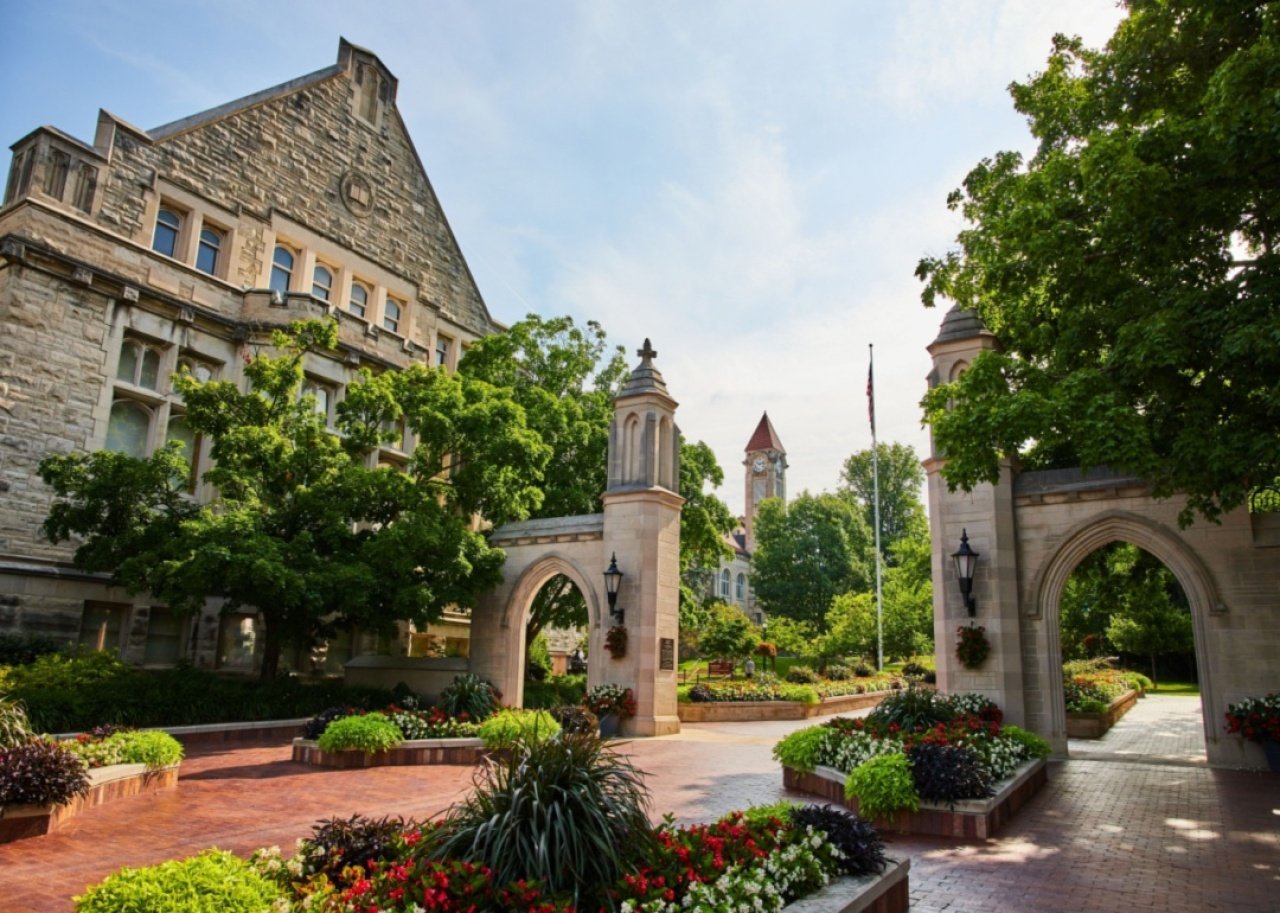
Nicholas J Klein // Shutterstock
#34. Indiana University – Bloomington
– Location: Bloomington, IN
– Full-time undergraduate enrollment: 35,871
– Student-to-faculty ratio: 16:1
– Acceptance rate: 80%
– Typical SAT range: 1170-1400
– Athletic conference: Big Ten Conference (Big Ten)
Since its founding in 1820, Indiana University – Bloomington has grown to an enrollment of more than 38,000, with 200-plus undergraduate majors and more than 550 academic programs. In their spare time, students can explore more than 750 student activities and groups, learning communities, and cultural organizations.
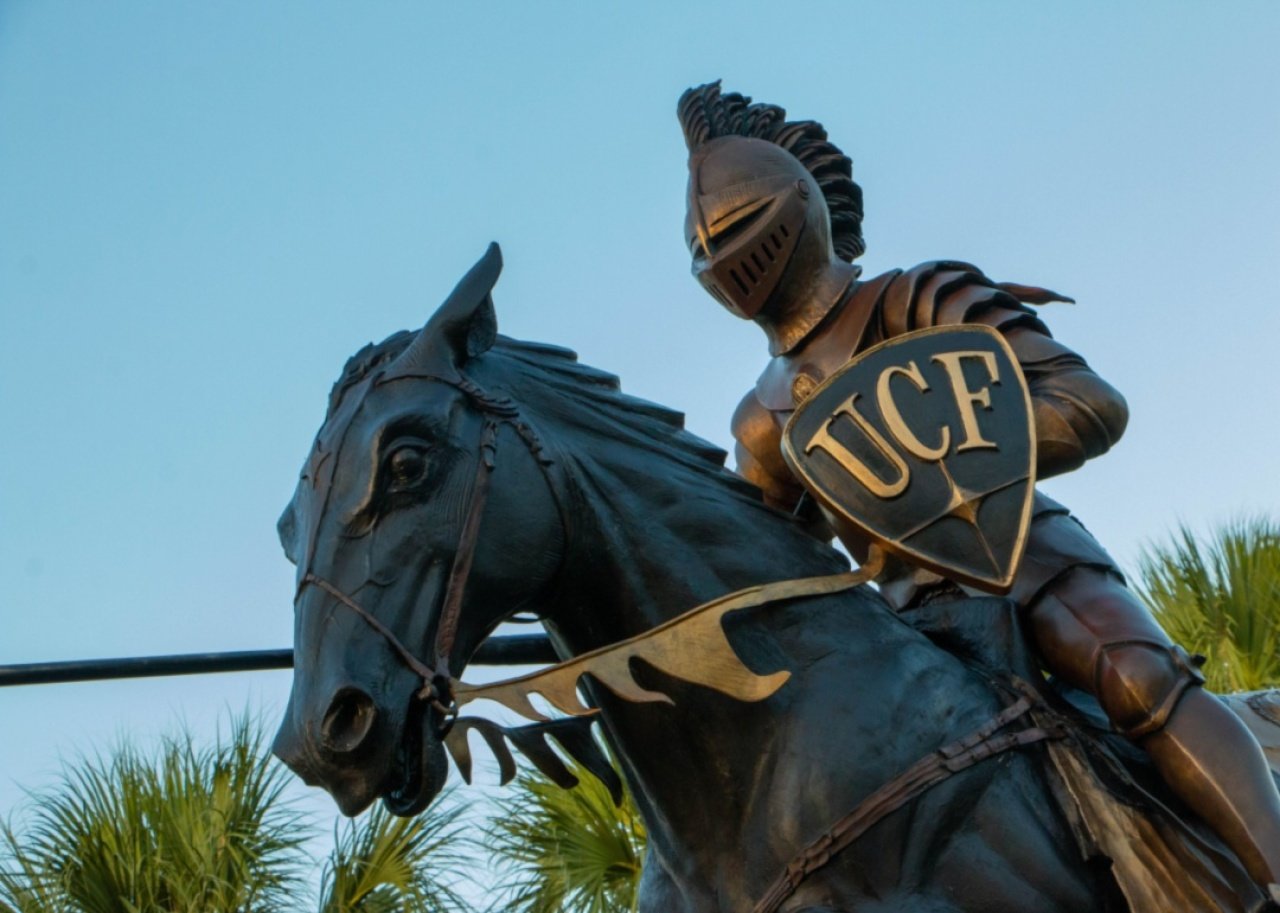
Matthew Kaiser 7 // Shutterstock
#33. University of Central Florida
– Location: Orlando, FL
– Full-time undergraduate enrollment: 41,654
– Student-to-faculty ratio: 26:1
– Acceptance rate: 40%
– Typical SAT range: 1190-1350
– Athletic conference: Big 12 Conference (Big 12)
The University of Central Florida offers more than 245 degree programs across 12 colleges and has been ranked by U.S. News & World Report as a top 20 school for innovation. The school’s sunny Florida location also earned it a spot in the top 20 for Best College Campuses in America.
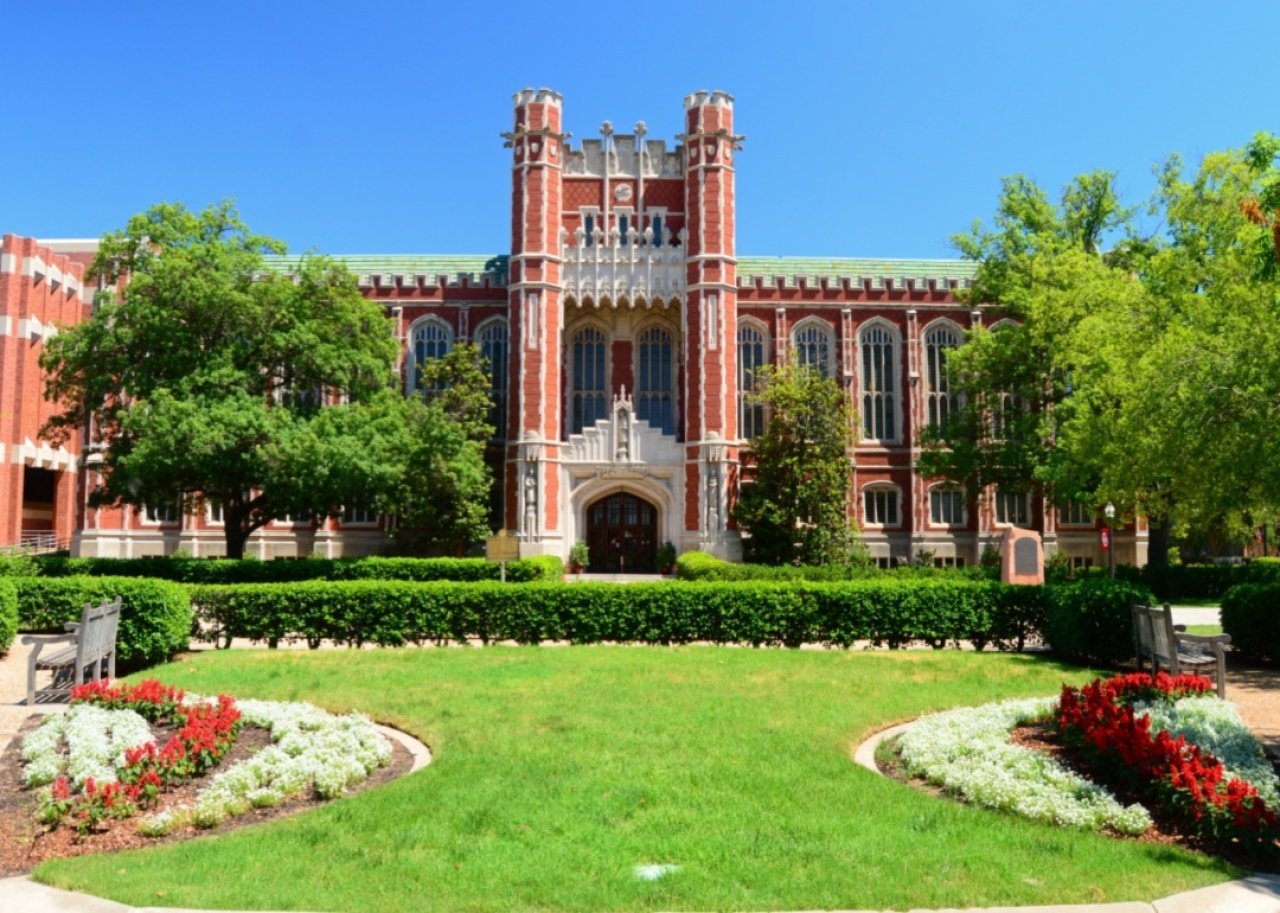
James Kirkikis // Shutterstock
#32. University of Oklahoma
– Location: Norman, OK
– Full-time undergraduate enrollment: 19,262
– Student-to-faculty ratio: 13:1
– Acceptance rate: 77%
– Typical SAT range: 1140-1330
– Athletic conference: Southeastern Conference (SEC)
Founded in 1890, the flagship University of Oklahoma campus is located in Norman, not far from the state capital of Oklahoma City. The school offers more than 170 different majors, and in addition to three campuses in Oklahoma, has study centers in Italy and Mexico. The university also has a strong athletic program and has been ranked #6 for Best College Athletics in America.
Katherine Welles // Shutterstock
#31. Auburn University
– Location: Auburn, AL
– Full-time undergraduate enrollment: 25,204
– Student-to-faculty ratio: 17:1
– Acceptance rate: 50%
– Typical SAT range: 1240-1380
– Athletic conference: Southeastern Conference (SEC)
Auburn University is considered one of Alabama’s top schools, with a wide variety of majors, as well as clubs and student organizations and a highly rated athletic program. In addition to the opportunities afforded by the university, the city of Auburn itself has beautiful parks, professional sporting events, and concerts. AU was also ranked in the top 20 for Colleges with the Best Student Life in America.

Christian Hinkle // Shutterstock
#30. University of Pittsburgh
– Location: Pittsburgh, PA
– Full-time undergraduate enrollment: 19,618
– Student-to-faculty ratio: 4:1
– Acceptance rate: 50%
– Typical SAT range: 1270-1450
– Athletic conference: Atlantic Coast Conference (ACC)
Founded as the Pittsburgh Academy in 1787, the University of Pittsburgh has grown to offer more than 650 degrees and certificate programs across its 16 schools, and campus life includes clubs and activities, Greek life, and close proximity to the city of Pittsburgh, which has shopping, restaurants, and cultural events.
Bryan Regan // Shutterstock
#29. North Carolina State University
– Location: Raleigh, NC
– Full-time undergraduate enrollment: 25,989
– Student-to-faculty ratio: 13:1
– Acceptance rate: 40%
– Typical SAT range: 1300-1460
– Athletic conference: Atlantic Coast Conference (ACC)
North Carolina State has an enrollment of more than 28,000 students, with 300-plus undergraduate and graduate programs to choose from. More than 100 students in the last five years were national scholars and fellows. Top choices in majors include biology, psychology, and business.

EduLife Photos // Shutterstock
#28. New Mexico Tech
– Location: Socorro, NM
– Full-time undergraduate enrollment: 1,065
– Student-to-faculty ratio: 7:1
– Acceptance rate: 54%
– Typical SAT range: 1040-1290
– Athletic conference: Not available
Niche ranked NM Tech as the #1 college in New Mexico. The school has a small enrollment of just over 1,000 full-time students and maintains a 9:1 student-faculty ratio. The school is known for its educational opportunities in biology, computer science, and chemical engineering and is ranked among the top 10 Hispanic-serving Institutions in America.
Bryan Pollard // Shutterstock
#27. Clemson University
– Location: Clemson, SC
– Full-time undergraduate enrollment: 22,144
– Student-to-faculty ratio: 14:1
– Acceptance rate: 38%
– Typical SAT range: 1230-1390
– Athletic conference: Atlantic Coast Conference (ACC)
Ranked #1 for Best Colleges in South Carolina, Clemson’s 1,400-acre campus is located on the shores of Lake Hartwell in the foothills of the Blue Ridge Mountains. Students can choose from more than 80 undergraduate majors and 140 graduate programs, and have opportunities to participate in research programs, a wide array of campus activities and clubs, and study abroad.
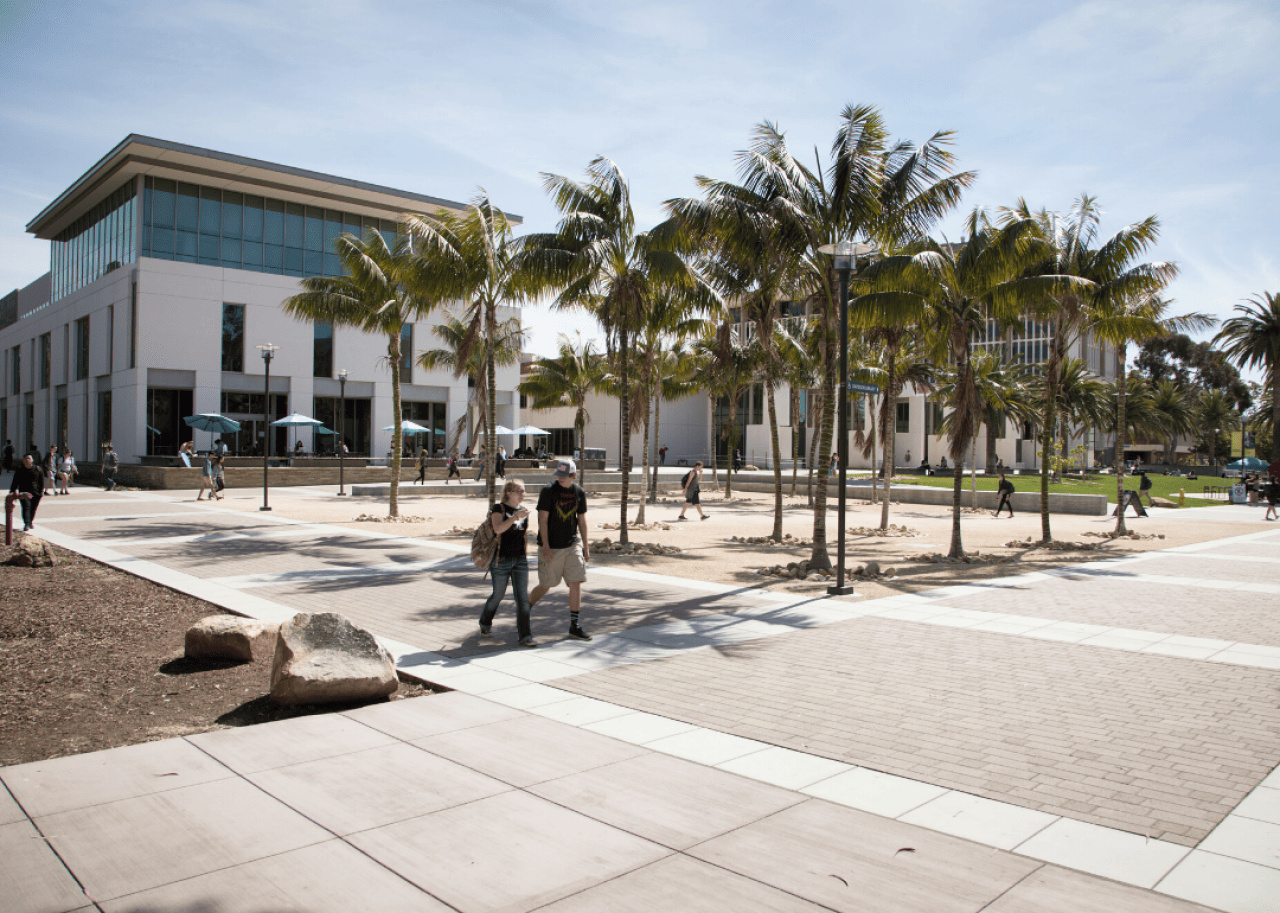
VDB Photos // Shutterstock
#26. University of California – Santa Barbara
– Location: Santa Barbara, CA
– Full-time undergraduate enrollment: 22,659
– Student-to-faculty ratio: 20:1
– Acceptance rate: 28%
– Typical SAT range: 1230-1460
– Athletic conference: Big West Conference (Big West)
UC Santa Barbara, located on the California coast, was founded in 1891. Offering more than 200 different majors, degrees, and credentials, UC Santa Barbara combines its status as a leading research institution with outstanding educational opportunities. The campus has more than 500 student organizations and activities, and, best of all, it sits right on the Pacific Ocean, providing students with beautiful views and the chance to explore the outdoors.
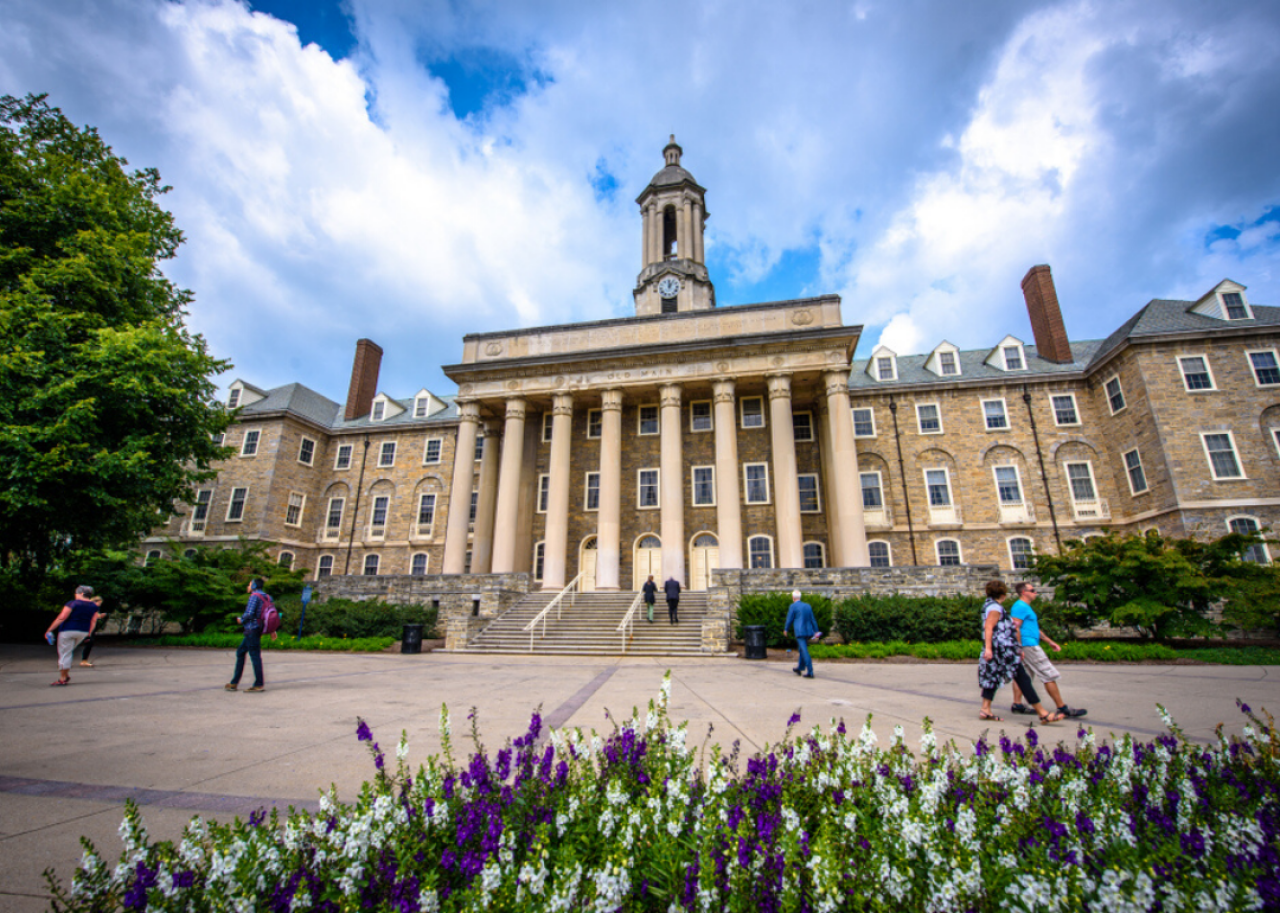
Kristopher Kettner // Shutterstock
#25. Penn State
– Location: University Park, PA
– Full-time undergraduate enrollment: 41,011
– Student-to-faculty ratio: 9:1
– Acceptance rate: 54%
– Typical SAT range: 1220-1400
– Athletic conference: Big Ten Conference (Big Ten)
The bulk of Penn State student reviews rate the school as “excellent” or “very good.” Originally founded in 1855, Penn State is home to more than 42,000 students, offering more than 275 degree programs across 25 different campus locations. The university consistently ranks high for engineering and business.
Leigh Trail // Shutterstock
#24. University of South Florida
– Location: Tampa, FL
– Full-time undergraduate enrollment: 30,184
– Student-to-faculty ratio: 13:1
– Acceptance rate: 41%
– Typical SAT range: 1140-1330
– Athletic conference: American Athletic Conference (The American)
The University of South Florida is a top state research facility. Founded in 1956, the school offers more than 240 majors and degree programs among its 14 colleges, and programs include health sciences, biomedical sciences, and nursing. Niche also ranks USF in the top 20 colleges nationwide for criminal justice, education, and information technology.
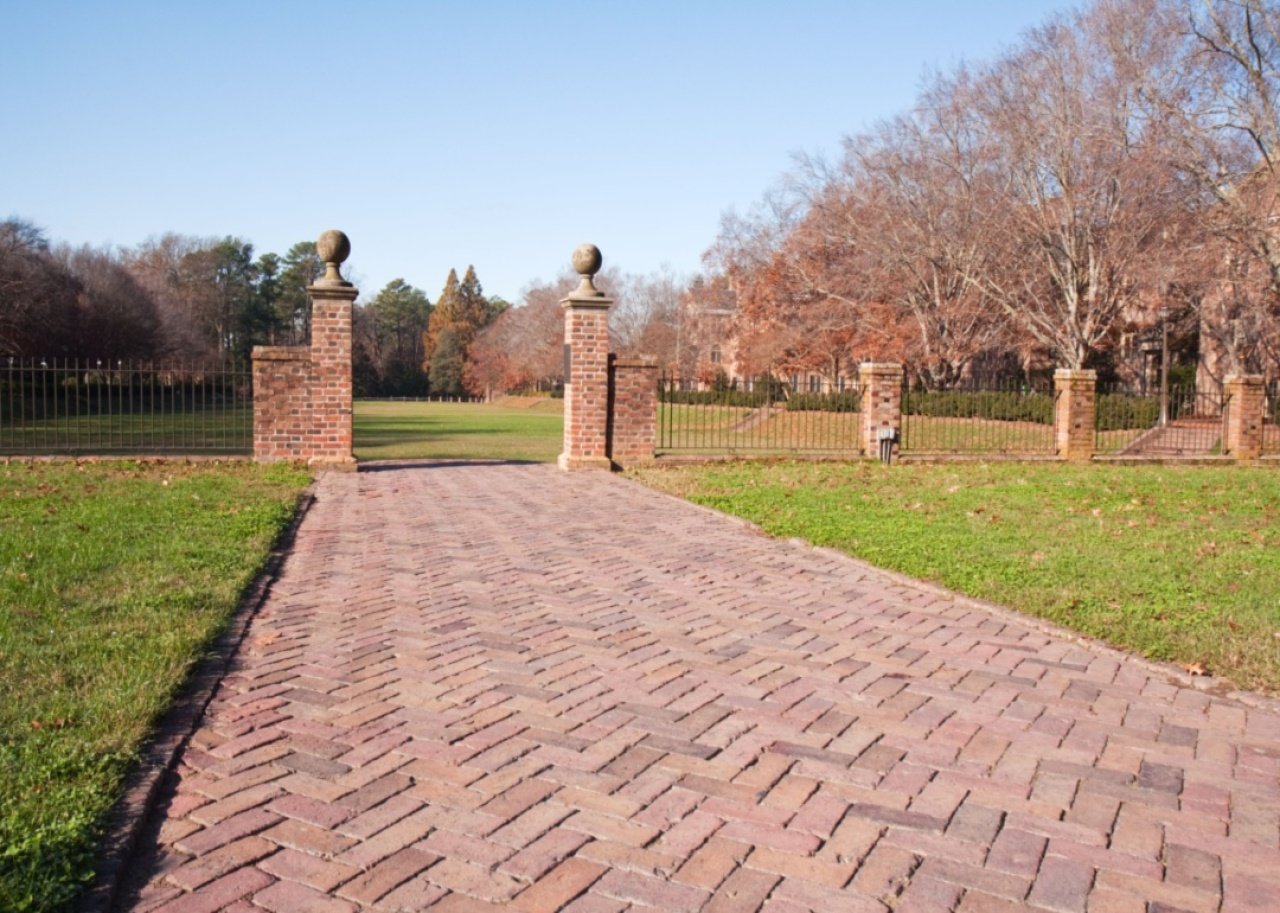
Stephen P. Goodwin // Shutterstock
#23. William & Mary
– Location: Williamsburg, VA
– Full-time undergraduate enrollment: 6,975
– Student-to-faculty ratio: 9:1
– Acceptance rate: 33%
– Typical SAT range: 1370-1510
– Athletic conference: Coastal Athletic Association
William & Mary is a smaller university, with an enrollment of a little more than 7,000 and a low student-faculty ratio. One of only eight “Public Ivy” schools in the nation, it offers innovative education opportunities, and campus life includes clubs and recreational sports, student organizations, and cultural events.
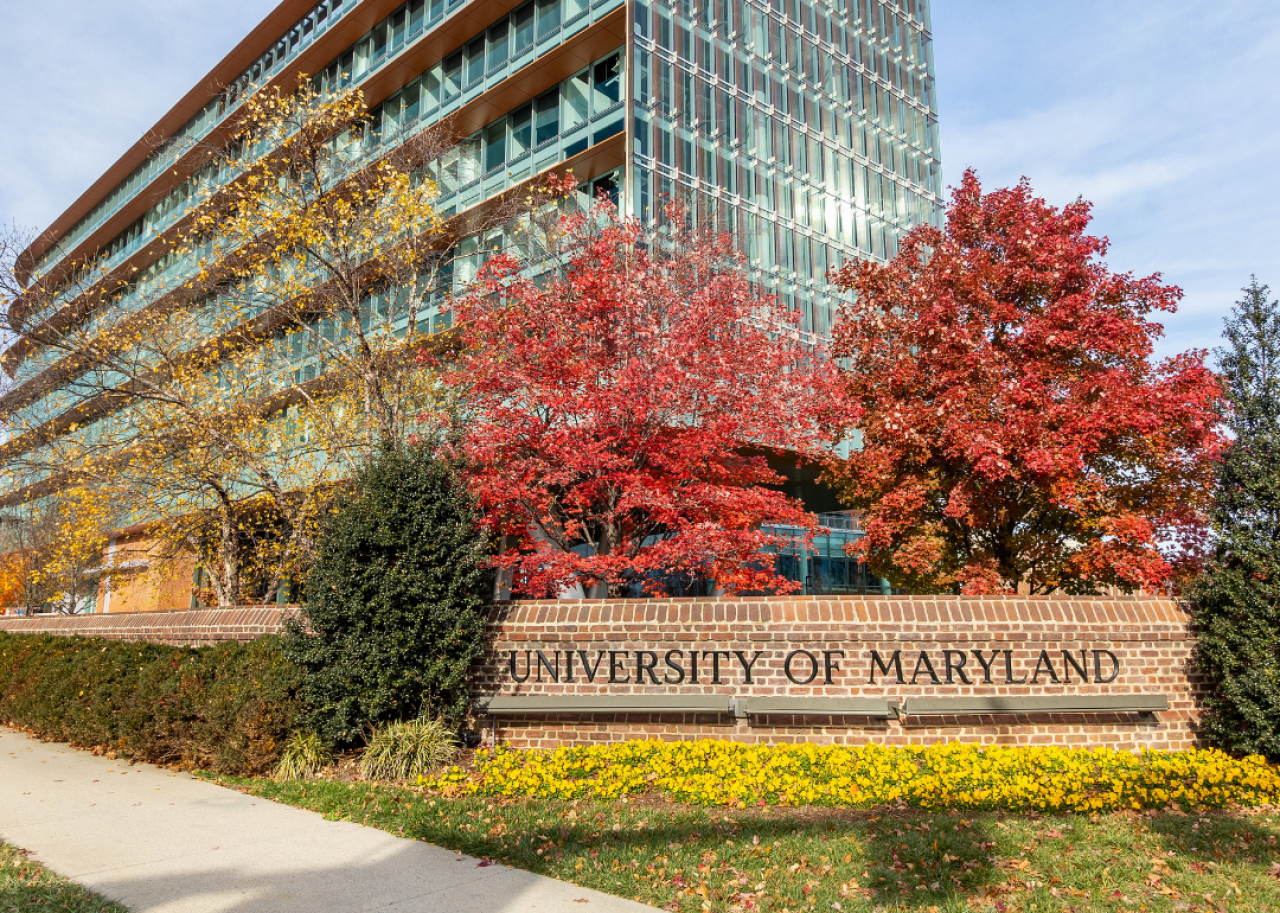
Bryan Pollard // Shutterstock
#22. University of Maryland – College Park
– Location: College Park, MD
– Full-time undergraduate enrollment: 28,498
– Student-to-faculty ratio: 13:1
– Acceptance rate: 45%
– Typical SAT range: 1370-1520
– Athletic conference: Big Ten Conference (Big Ten)
Located just outside Washington D.C., the University of Maryland at College Park is the state’s flagship public school. It’s one of the nation’s top public research universities and calls itself the first “Do Good” campus, committed to social entrepreneurship. Founded as an agriculture school in 1856, it is now known for its research, academics, arts, and athletics. It has 12 schools and colleges, offers more than 300 programs, and has a faculty that consists of two Nobel laureates and five Pulitzer Prize winners.
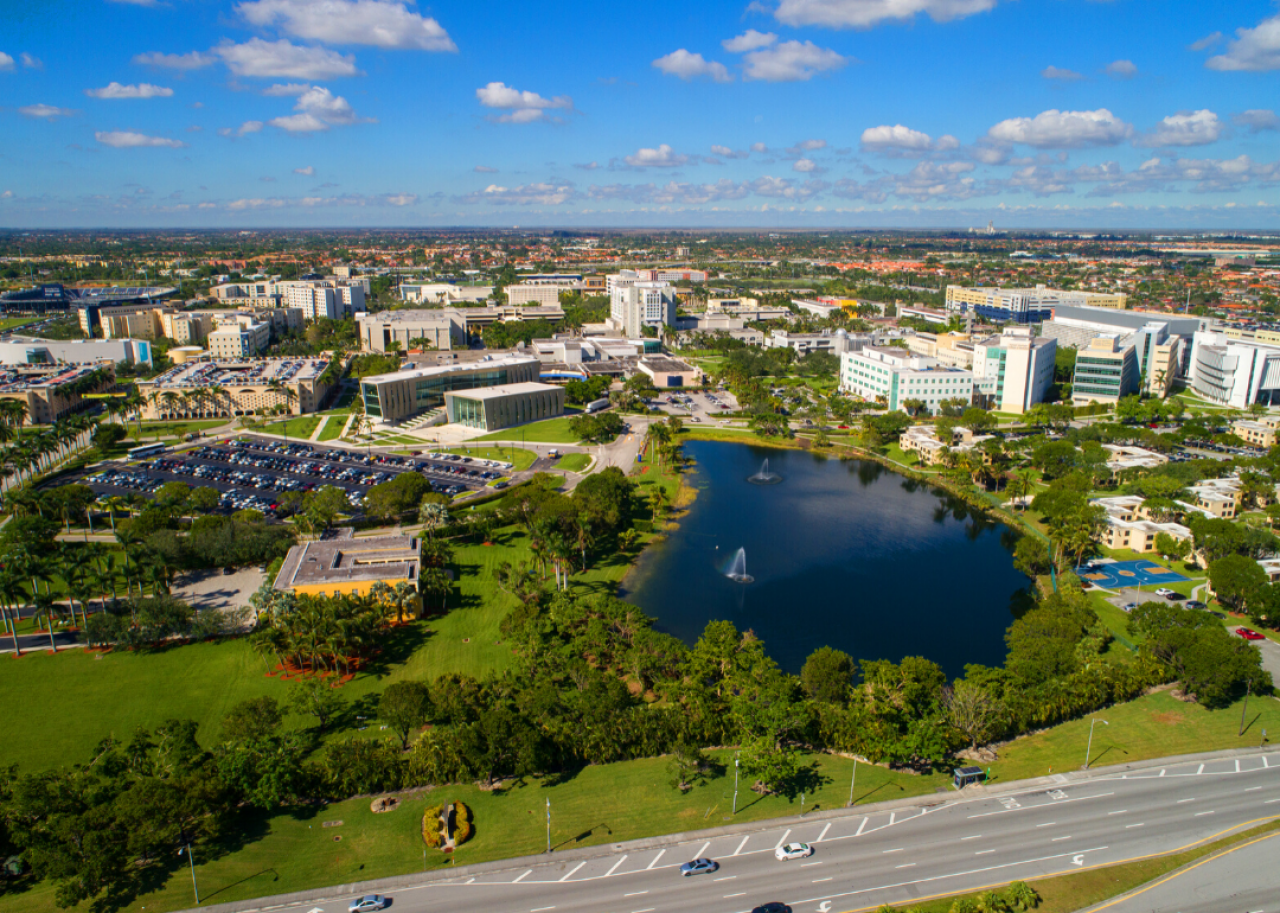
Felix Mizioznikov // Shutterstock
#21. Florida International University
– Location: Miami, FL
– Full-time undergraduate enrollment: 26,027
– Student-to-faculty ratio: 19:1
– Acceptance rate: 59%
– Typical SAT range: 1060-1250
– Athletic conference: Conference USA (CUSA)
FIU is a top research university located in Miami, offering more than 200 degree programs. Students who attend say the school is highly diverse and provides an enriching educational experience.
Chris Allan // Shutterstock
#20. University of California – Davis
– Location: Davis, CA
– Full-time undergraduate enrollment: 30,929
– Student-to-faculty ratio: 11:1
– Acceptance rate: 42%
– Typical SAT range: 1160-1400
– Athletic conference: Big West Conference (Big West)
Another top-notch school from California’s state university system, UC Davis is located in the Sacramento area. Founded in 1908, the university is known for its highly rated educational and research programs, diversity, and a dedication to sustainability. Aggies are also very highly rated in agriculture, forestry, and veterinary science.
Jonathan Weiss // Shutterstock
#19. Purdue University
– Location: West Lafayette, IN
– Full-time undergraduate enrollment: 37,678
– Student-to-faculty ratio: 17:1
– Acceptance rate: 50%
– Typical SAT range: 1190-1460
– Athletic conference: Big Ten Conference (Big Ten)
Rated as the top public university in Indiana, Purdue is known for its research in science, technology, engineering, and math. Tuition costs less than $10,000 per year for in-state students, and the school awards more than $13,000 in financial aid on average. Attending students say they enjoy the beautiful campus, diversity, and choices in educational programs.
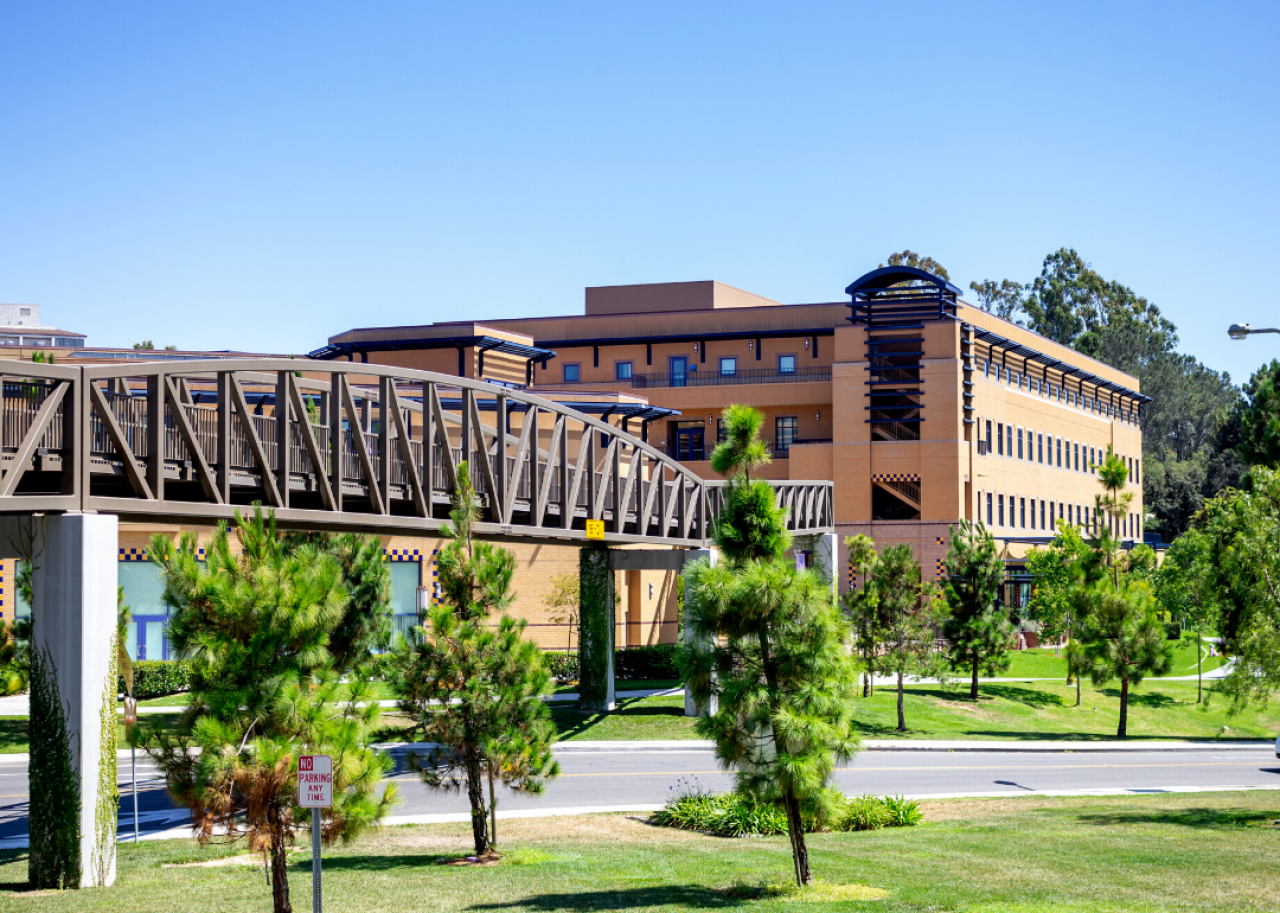
David Tonelson // Shutterstock
#18. University of California – Irvine
– Location: Irvine, CA
– Full-time undergraduate enrollment: 28,884
– Student-to-faculty ratio: 12:1
– Acceptance rate: 26%
– Typical SAT range: 1230-1430
– Athletic conference: Big West Conference (Big West)
UC Irvine is located about 40 miles outside of Los Angeles. This is a larger school with more than 38,000 students. There are more than 85 majors and 70 minors to choose from, with programs in biology, economics, and psychology being some of the most popular. The school has consistently been recognized for its sustainability efforts and has been named #24 for Best Colleges for Performing Arts in America.
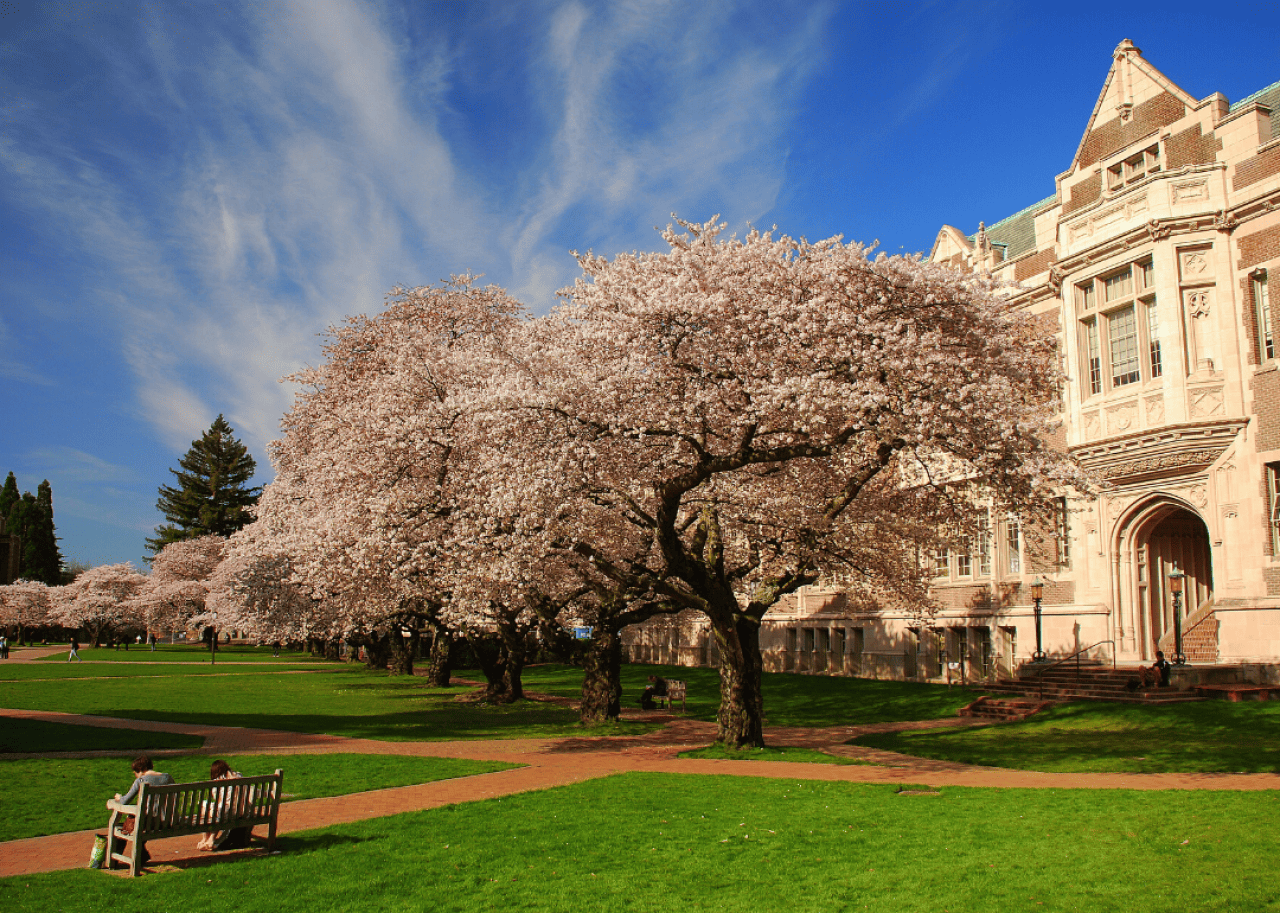
Mike Peters // Shutterstock
#17. University of Washington
– Location: Seattle, WA
– Full-time undergraduate enrollment: 29,863
– Student-to-faculty ratio: 6:1
– Acceptance rate: 43%
– Typical SAT range: not available
– Athletic conference: Big Ten Conference (Big Ten)
The University of Washington is a multi-campus school, with locations in Seattle, Tacoma, and Bothell. It offers plentiful research opportunities, and students can also apply for its study abroad program. Campus life includes student organizations, volunteering, Greek memberships, and a strong athletic department.
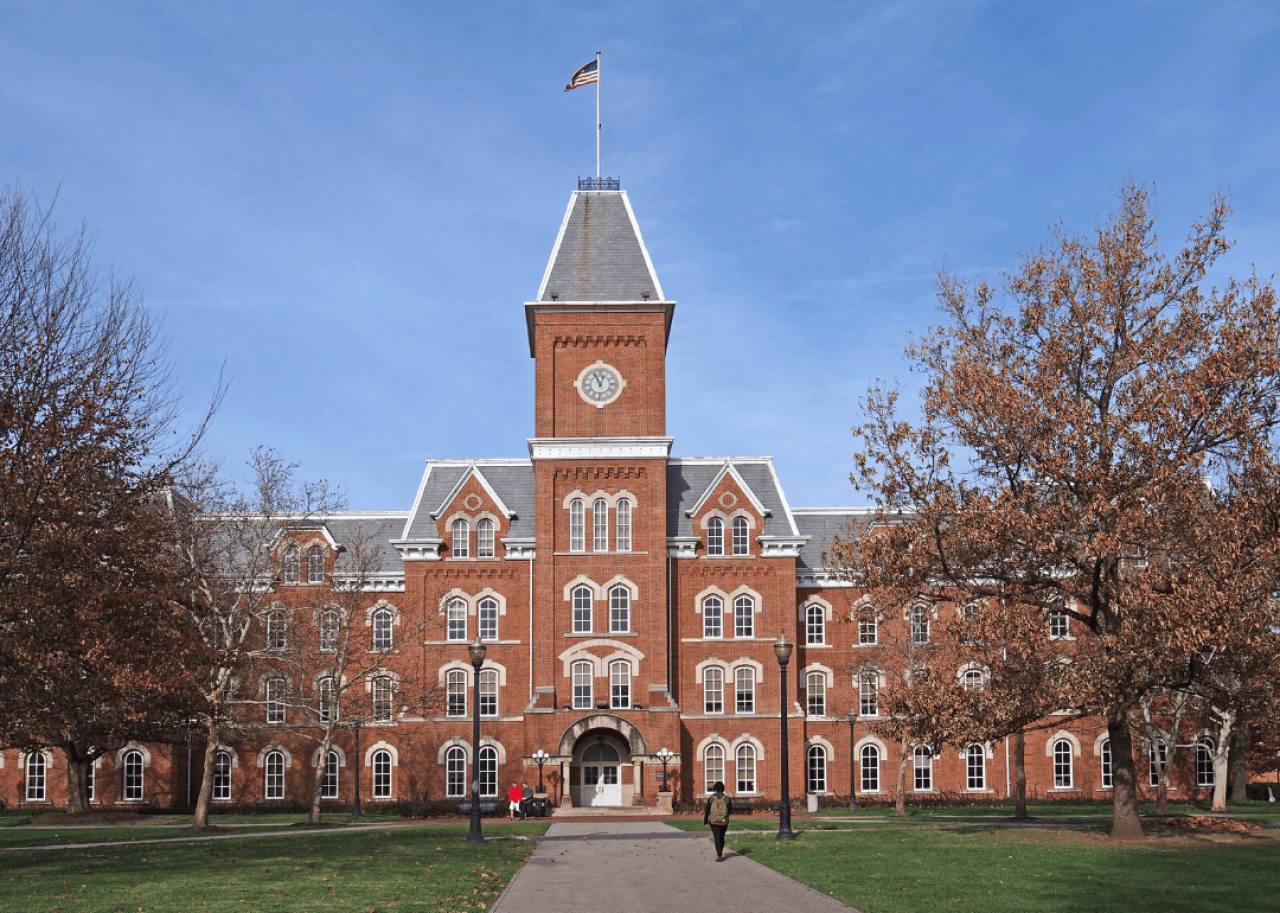
Spiroview Inc // Shutterstock
#16. The Ohio State University
– Location: Columbus, OH
– Full-time undergraduate enrollment: 41,983
– Student-to-faculty ratio: 7:1
– Acceptance rate: 51%
– Typical SAT range: 1330-1480
– Athletic conference: Big Ten Conference (Big Ten)
Located in the city of Columbus, Ohio State has an enrollment of nearly 67,000 students. Students can choose from more than 200 majors, and enjoy a rich campus life that includes student organizations, clubs, and more than 90 acres of outdoor space. The school’s athletic program, the Ohio State Buckeyes, is also renowned. It is an NCAA Division I school, a member of the Big Ten Athletic Conference, and ranked in the top 20 for Best College Athletics in America.
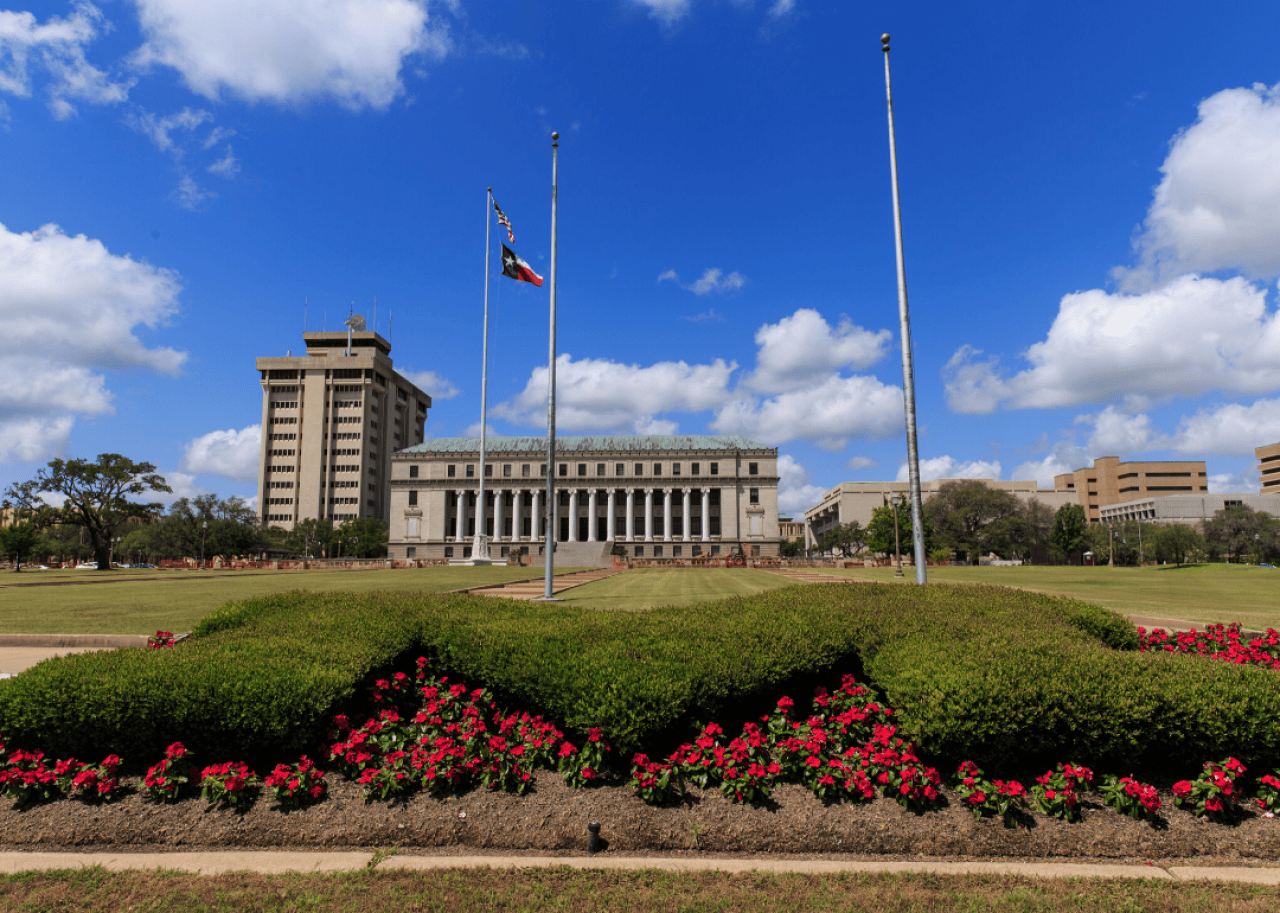
Tricia Daniel // Shutterstock
#15. Texas A&M University
– Location: College Station, TX
– Full-time undergraduate enrollment: 52,906
– Student-to-faculty ratio: 16:1
– Acceptance rate: 63%
– Typical SAT range: 1140-1380
– Athletic conference: Southeastern Conference (SEC)
Texas A&M was established in 1876 and was the first public higher learning facility in Texas. The university offers more than 140 undergraduate and roughly 270 graduate and professional programs. One of the largest research facilities in the U.S., Texas A&M provides hands-on research for students and is home to a National Science Foundation Engineering Research Center.
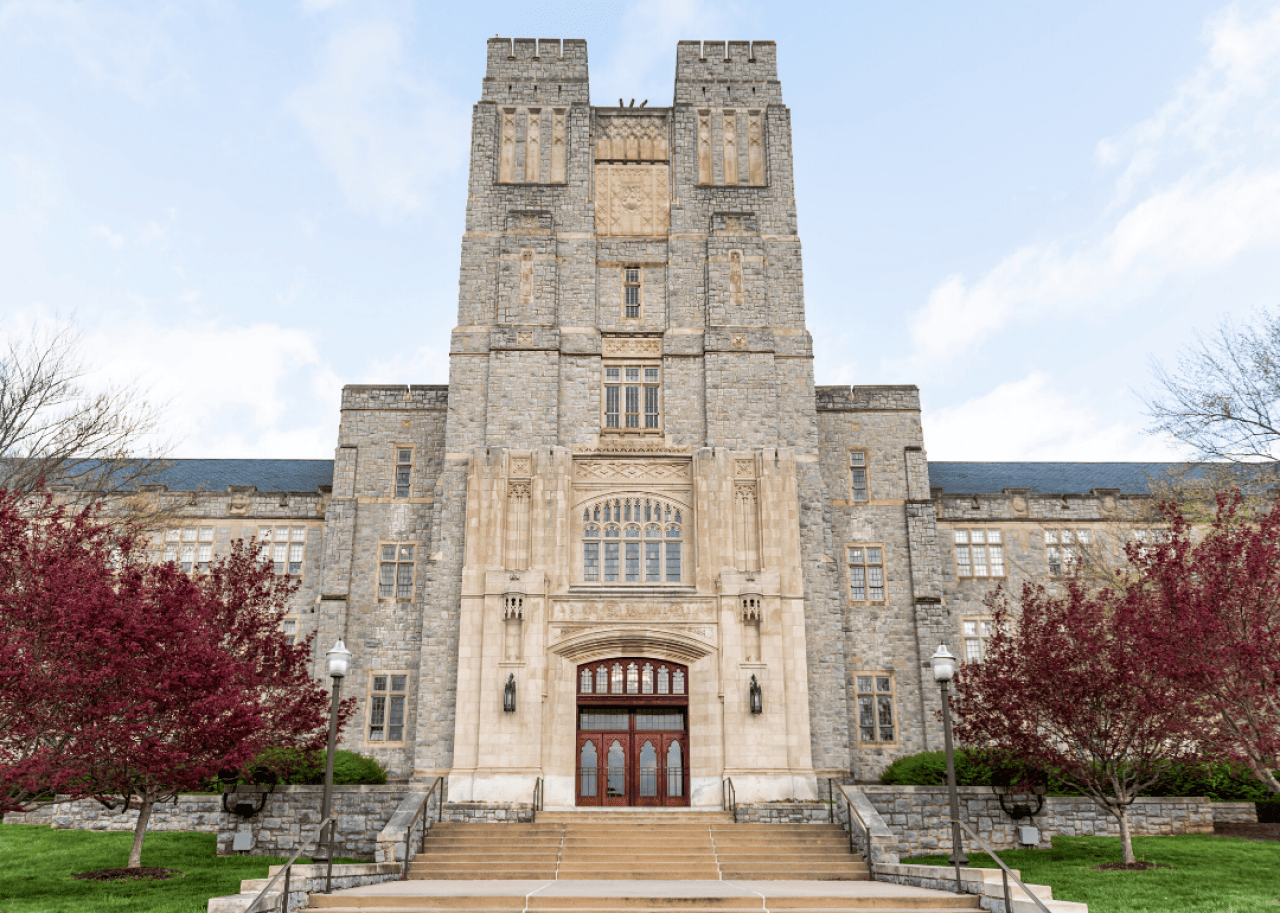
Kristi Blokhin // Shutterstock
#14. Virginia Tech
– Location: Blacksburg, VA
– Full-time undergraduate enrollment: 29,626
– Student-to-faculty ratio: 13:1
– Acceptance rate: 57%
– Typical SAT range: 1240-1420
– Athletic conference: Atlantic Coast Conference (ACC)
Virginia Tech students can choose between more than 150 undergraduate majors and 150 master’s and doctorate programs, including options in information science, finance, and biology. The school has a spacious 2,600-acre campus with over 200 buildings and an airport, and it is close to downtown Blacksburg’s dining, shopping, and entertainment options.
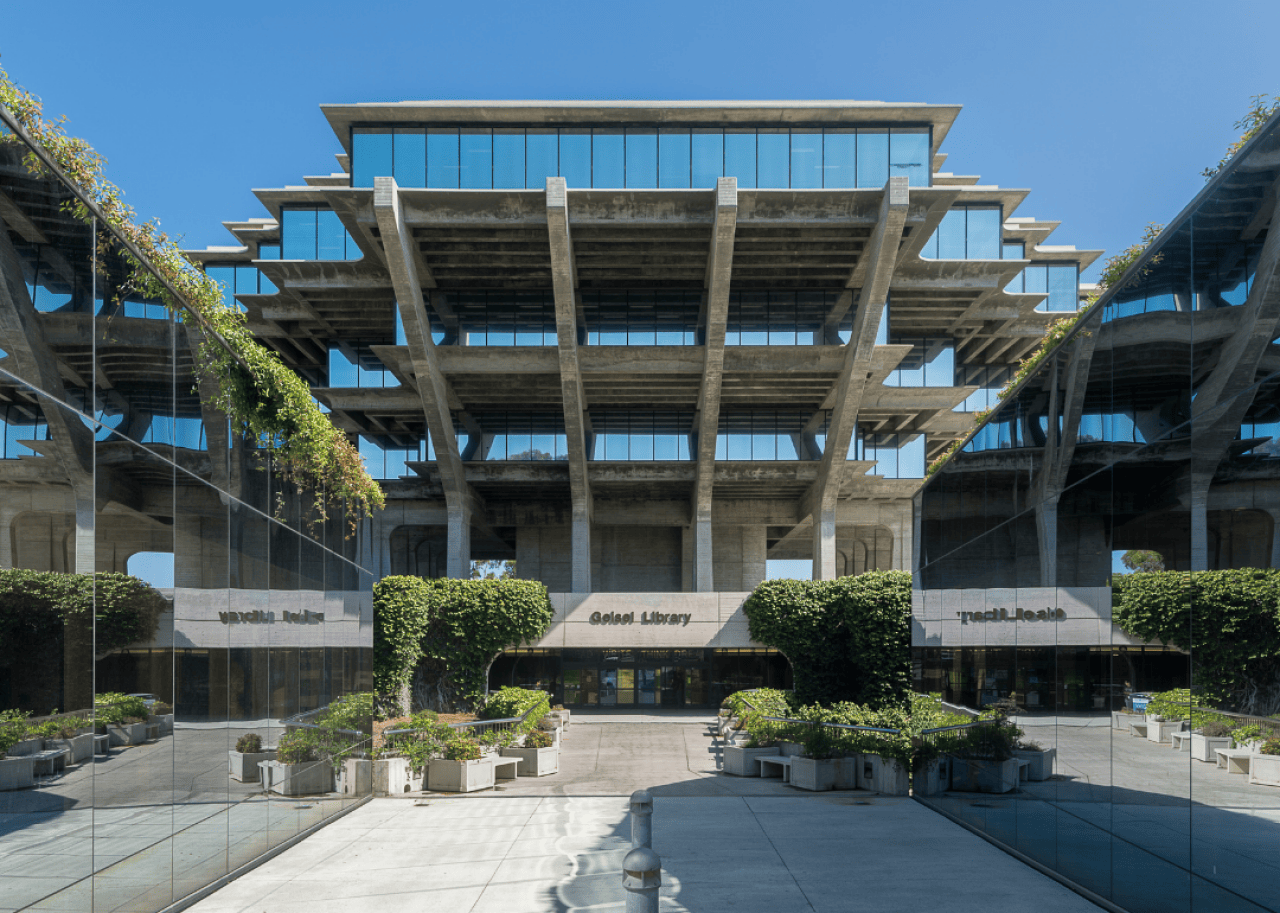
Nagel Photography // Shutterstock
#13. University of California – San Diego
– Location: La Jolla, CA
– Full-time undergraduate enrollment: 32,852
– Student-to-faculty ratio: 10:1
– Acceptance rate: 25%
– Typical SAT range: not available
– Athletic conference: Big West Conference (Big West)
A top research institution, UC San Diego received $1.7 billion in sponsored research funding for the 2025 fiscal year. Sixteen Nobel Prize laureates, along with winners of the Tony Award, Pulitzer Prize, and Field Medal in mathematics, have taught at the school. The campus is on 1,200 acres overlooking the Pacific Ocean, and its Geisel Library is named after Audrey and Theodor Seuss Geisel, better known as Dr. Seuss.
youngryand // Shutterstock
#12. University of Wisconsin – Madison
– Location: Madison, WI
– Full-time undergraduate enrollment: 34,278
– Student-to-faculty ratio: 8:1
– Acceptance rate: 43%
– Typical SAT range: 1360-1510
– Athletic conference: Big Ten Conference (Big Ten)
Established in 1848, the University of Wisconsin at Madison sits on over 900 acres, with plenty of greenery and easy access to amenities. Educational opportunities are plentiful at UW-Madison, and students can choose from more than 600 undergraduate and graduate programs. Students who attend enjoy a variety of academic programs, scenic campus views, and an active Greek life.
Fotoluminate LLC // Shutterstock
#11. Florida State University
– Location: Tallahassee, FL
– Full-time undergraduate enrollment: 29,011
– Student-to-faculty ratio: 16:1
– Acceptance rate: 25%
– Typical SAT range: 1240-1390
– Athletic conference: Atlantic Coast Conference (ACC)
Florida State has been designated a Carnegie Research Facility, providing students with hands-on learning opportunities. Nearly 60% of the student populace is women. The school also ranks in the top 10 for both Greek life and student life nationwide.
Bryan Pollard // Shutterstock
#10. University of Georgia
– Location: Athens, GA
– Full-time undergraduate enrollment: 29,799
– Student-to-faculty ratio: 13:1
– Acceptance rate: 37%
– Typical SAT range: 1160-1390
– Athletic conference: Southeastern Conference (SEC)
Originally founded in 1785, the University of Georgia is the state’s flagship school. UGA students include Rhodes Scholars, Fulbright Scholars, and Goldwater Scholars, and 95% of its graduates are gainfully employed or continuing their education within six months post-grad.
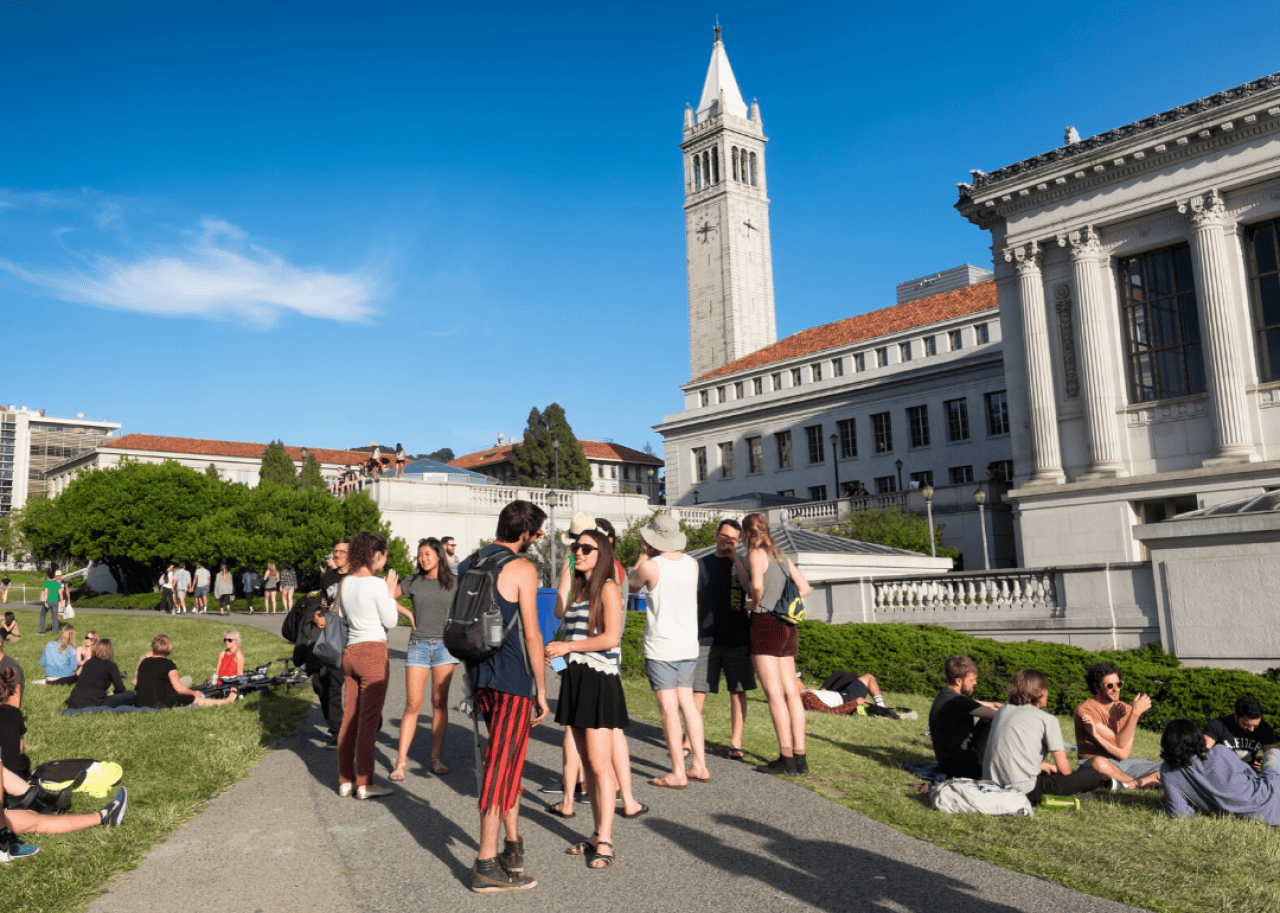
cdrin // Shutterstock
#9. University of California – Berkeley
– Location: Berkeley, CA
– Full-time undergraduate enrollment: 31,548
– Student-to-faculty ratio: 14:1
– Acceptance rate: 12%
– Typical SAT range: 1310-1530
– Athletic conference: Atlantic Coast Conference (ACC)
UC Berkeley is a highly sought-after school with an equally sought-after hip California vibe. The school has a lean acceptance rate of less than 12%, but an outstanding four-year graduation rate of 91%. Students who attend say they love the location and beauty of the campus, the diverse student population, and the amazing research facilities.

Ken Wolter // Shutterstock
#8. University of Illinois Urbana-Champaign
– Location: Champaign, IL
– Full-time undergraduate enrollment: 34,468
– Student-to-faculty ratio: 13:1
– Acceptance rate: 44%
– Typical SAT range: 1270-1510
– Athletic conference: Big Ten Conference (Big Ten)
Founded in 1867 as a land-grant institution, the University of Illinois at Urbana-Champaign produces world-class research addressing worldwide problems. It enrolls students from all 50 states and more than 120 countries. Its University Library has more than 15 million volumes, making it one of the largest public university collections in the world.
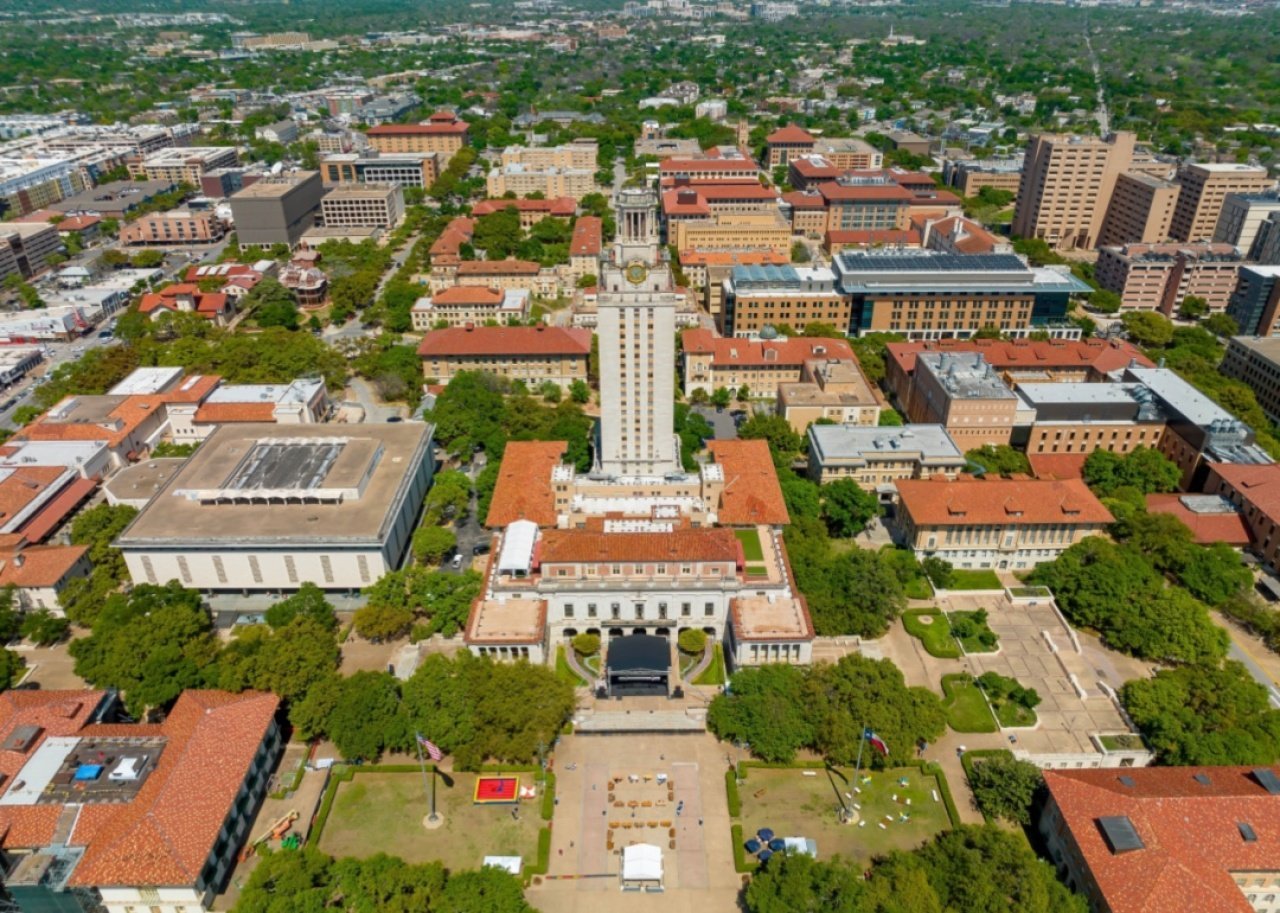
Grindstone Media Group // Shutterstock
#7. University of Texas – Austin
– Location: Austin, TX
– Full-time undergraduate enrollment: 39,787
– Student-to-faculty ratio: 14:1
– Acceptance rate: 29%
– Typical SAT range: 1230-1490
– Athletic conference: Southeastern Conference (SEC)
UT Austin was founded in 1883. Popular majors for undergraduates include business, biology, and information science. In addition to its rating as one of the Best Public Colleges in America, it is also ranked in the top 3 for Best Colleges for Communications and #1 for Top Public Universities in Texas.
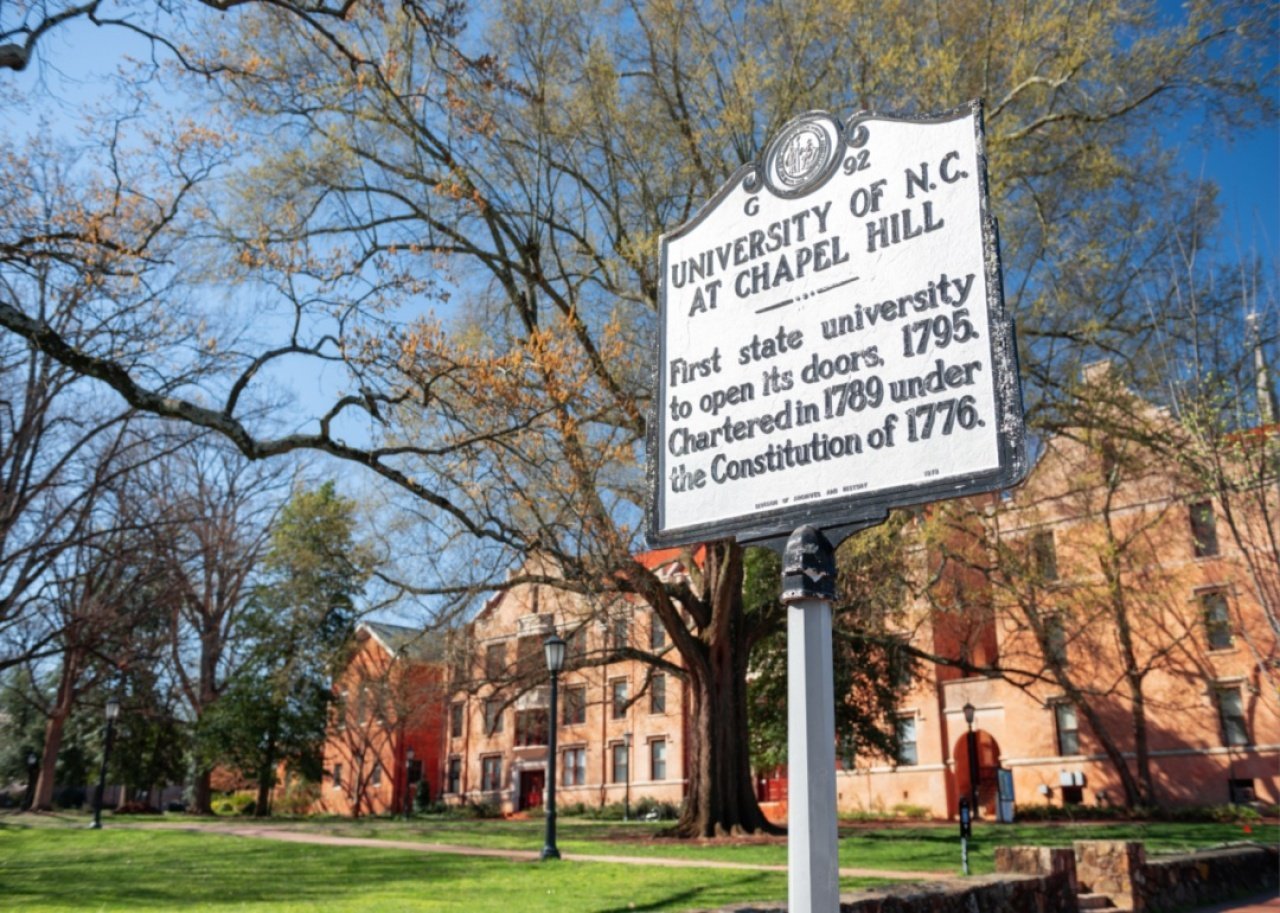
Sean Pavone // Shutterstock
#6. University of North Carolina at Chapel Hill
– Location: Chapel Hill, NC
– Full-time undergraduate enrollment: 19,939
– Student-to-faculty ratio: 9:1
– Acceptance rate: 19%
– Typical SAT range: 1370-1530
– Athletic conference: Atlantic Coast Conference (ACC)
UNC-Chapel Hill was established in 1789, the first public university in the country. It offers 79 bachelor’s, 159 master’s, and 85 doctoral programs. Many students take advantage of the school’s study abroad program, with approximately one-third of undergraduates studying in other countries during their school careers. UNC was also ranked in the top 10 for Best Big Colleges in America.
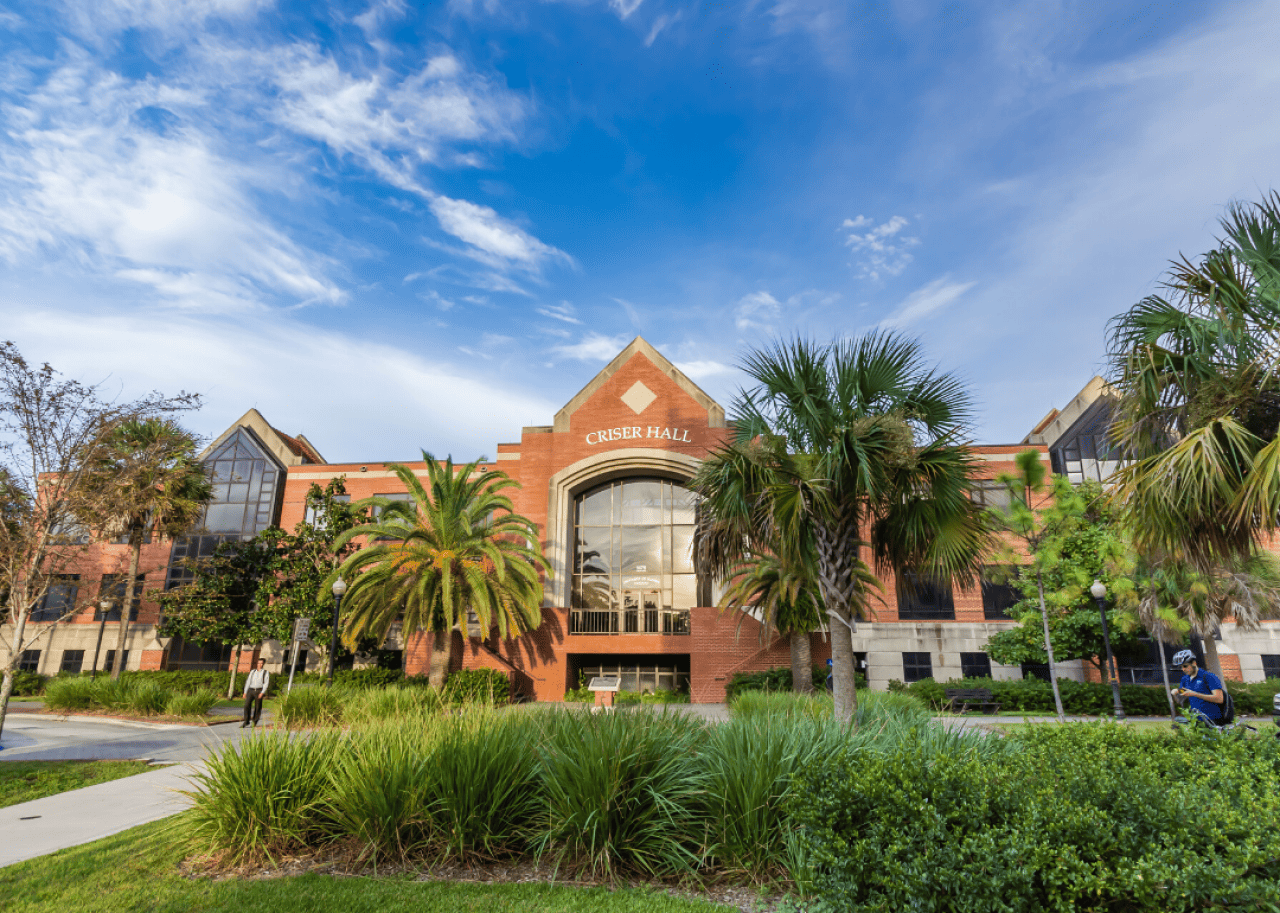
Bryan Pollard // Shutterstock
#5. University of Florida
– Location: Gainesville, FL
– Full-time undergraduate enrollment: 31,571
– Student-to-faculty ratio: 10:1
– Acceptance rate: 24%
– Typical SAT range: 1300-1480
– Athletic conference: Southeastern Conference (SEC)
The University of Florida offers upwards of 300 undergraduate and graduate degrees, as well as numerous clubs, sports, and extracurricular activities. The school has highly affordable in-state tuition, charging just over $6,300 per year, and also provides meaningful mental health support for students. Student volunteers also run a free counseling program for residents of Alachua County.
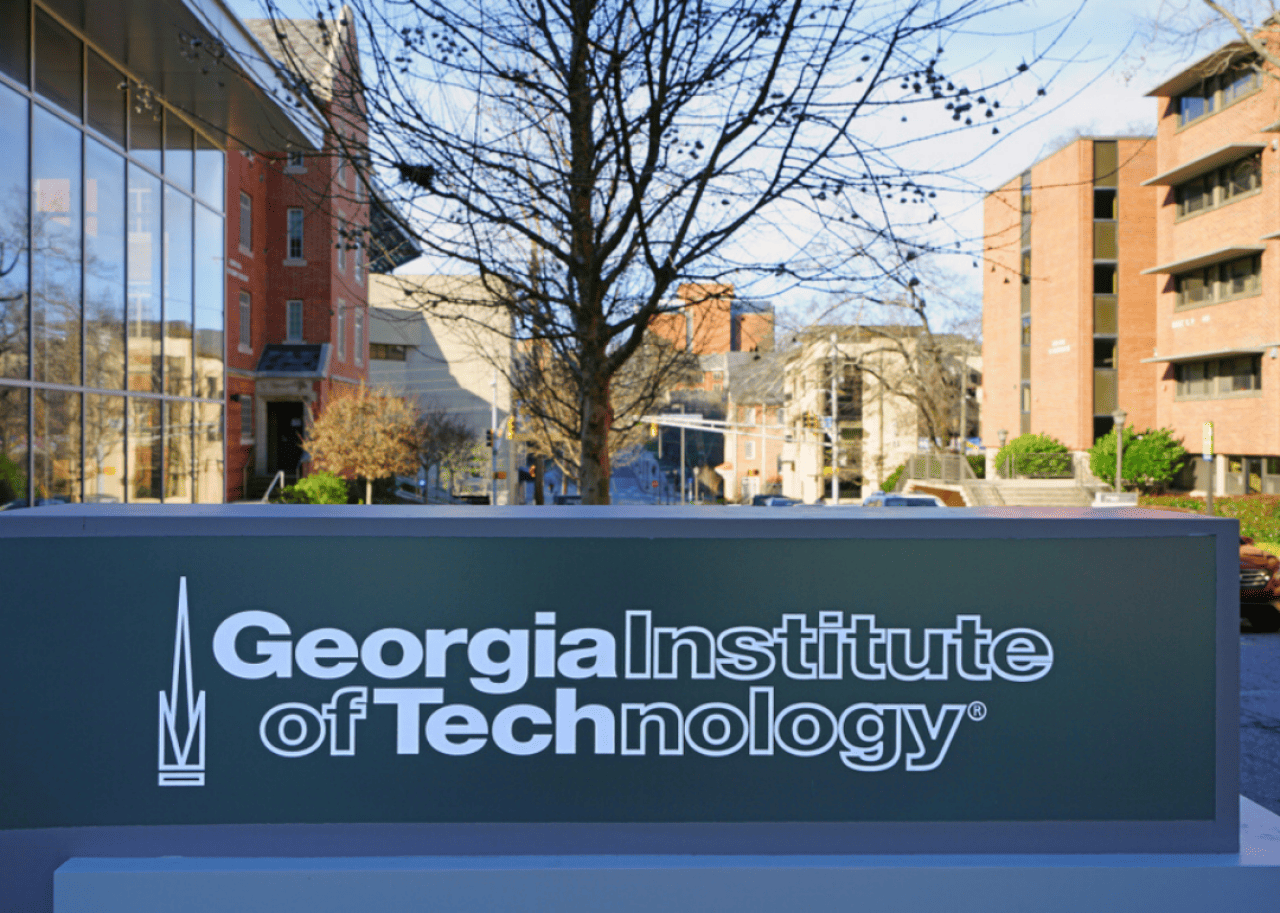
EQRoy // Shutterstock
#4. Georgia Institute of Technology
– Location: Atlanta, GA
– Full-time undergraduate enrollment: 17,171
– Student-to-faculty ratio: 13:1
– Acceptance rate: 16%
– Typical SAT range: 1330-1530
– Athletic conference: Atlantic Coast Conference (ACC)
Students who make the grade at Georgia Tech are privy to a wide selection of undergraduate and graduate programs within seven colleges and 30 schools. It is one of the largest industrial and engineering research agencies in the South and participates in the Georgia Research Alliance, a nonprofit that helps develop the state’s economic strategy.

Melinda Fawver // Shutterstock
#3. University of Virginia
– Location: Charlottesville, VA
– Full-time undergraduate enrollment: 16,829
– Student-to-faculty ratio: 7:1
– Acceptance rate: 17%
– Typical SAT range: 1410-1530
– Athletic conference: Atlantic Coast Conference (ACC)
Popular majors at the University of Virginia include liberal arts and humanities, economics, and criminal justice. The school sits on more than 1,600 acres, and the campus has been named one of the most beautiful college campuses in America many times.
Ken Wolter // Shutterstock
#2. University of California – Los Angeles
– Location: Los Angeles, CA
– Full-time undergraduate enrollment: 32,472
– Student-to-faculty ratio: 7:1
– Acceptance rate: 9%
– Typical SAT range: not available
– Athletic conference: Big Ten Conference (Big Ten)
UCLA is ranked #1 for both Best College Campuses in America and Best College Food. With just over 33,000 undergrad students and a 9% acceptance rate, getting into UCLA is an accomplishment in itself. The school offers more than 140 majors to choose from, with economics and psychology as two of the most popular. Campus life includes proximity to all the Los Angeles lifestyle has to offer, as well as plenty of student organizations, clubs, and sports.
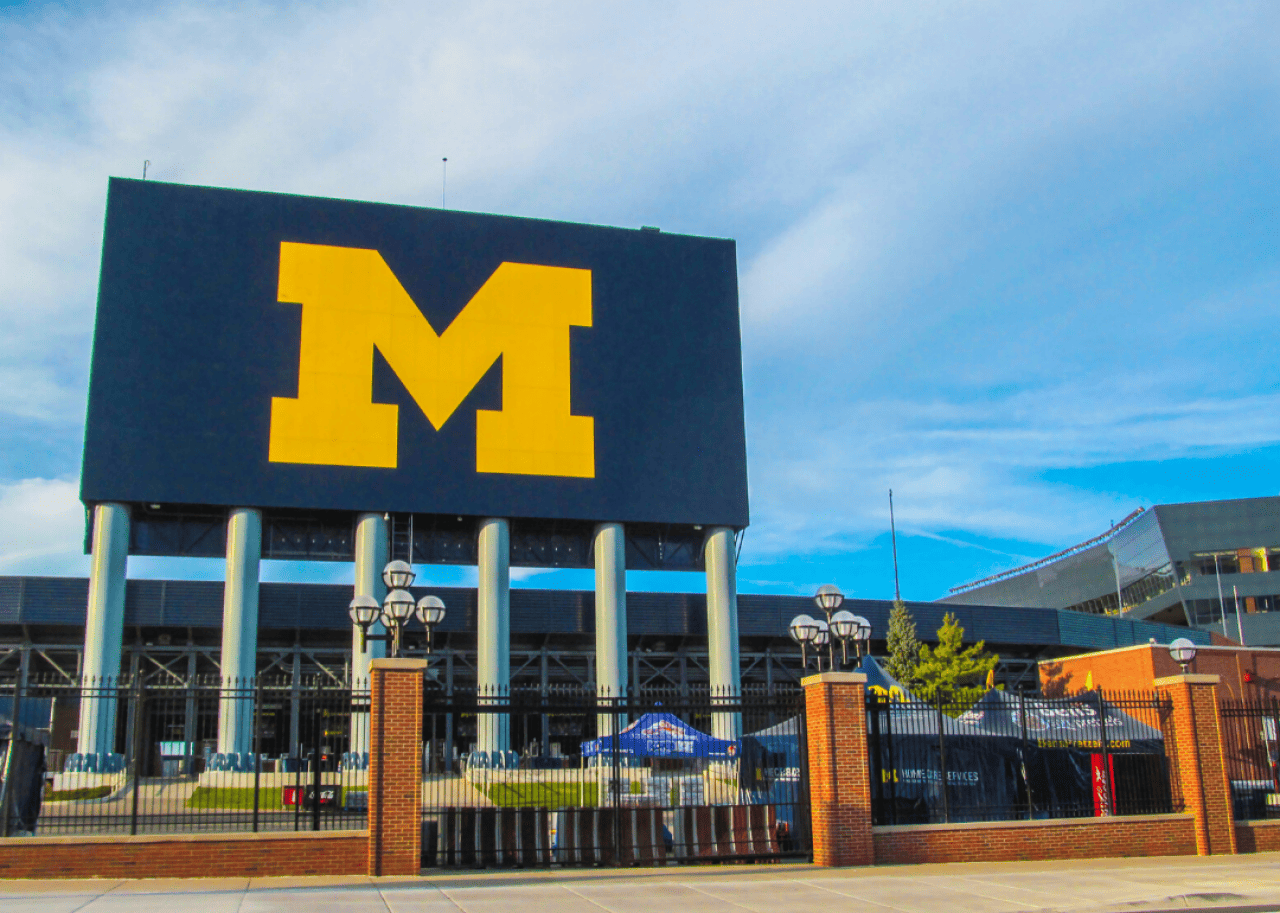
mivod // Shutterstock
#1. University of Michigan – Ann Arbor
– Location: Ann Arbor, MI
– Full-time undergraduate enrollment: 32,345
– Student-to-faculty ratio: 4:1
– Acceptance rate: 18%
– Typical SAT range: 1350-1530
– Athletic conference: Big Ten Conference (Big Ten)
Sitting pretty at the top spot for Best Public Colleges in America, the University of Michigan at Ann Arbor also holds the #2 spot on the list of Best Colleges for Sports Management and #1 on the Best Big Colleges list. With numerous student research opportunities, U of M is also highly ranked by the National Science Foundation. Meanwhile, the city of Ann Arbor boasts ample outdoor recreation, nightlife, and farmers’ markets.
Data reporting by Rob Powell. Story editing by Cu Fleshman.
![]()
